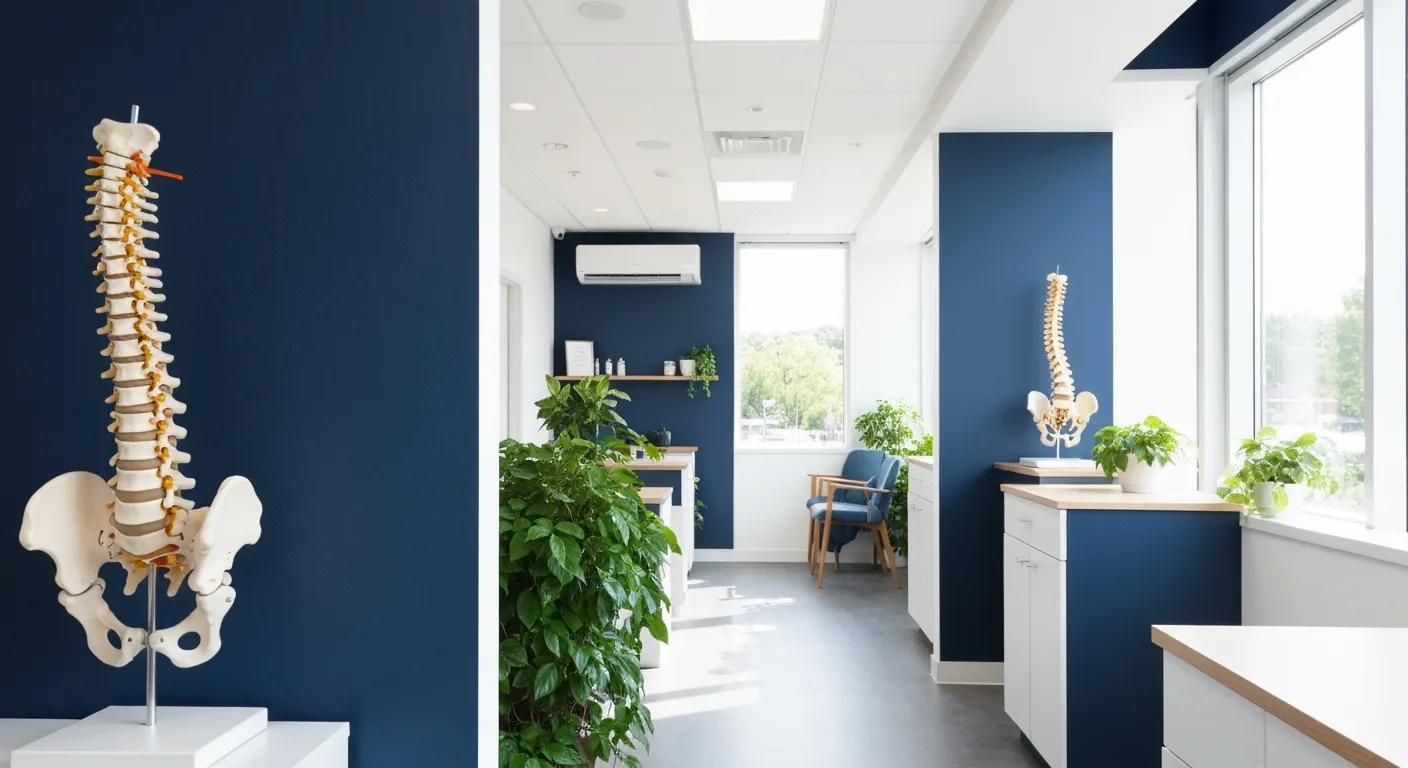How Physiotherapy Can Alleviate Chronic Lower Back Pain
August 5, 2025
12 min
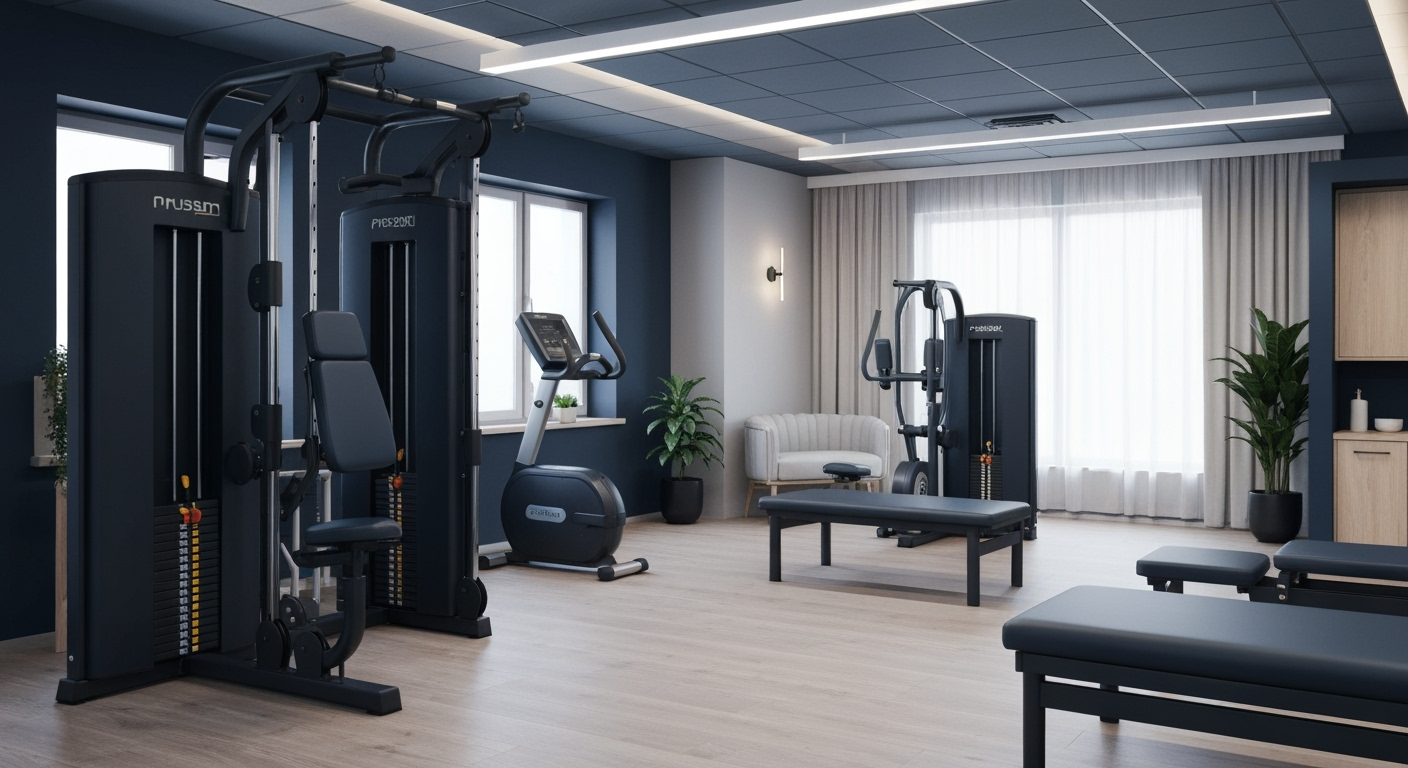
Understanding Chronic Lower Back Pain and the Need for Physiotherapy
Chronic lower back pain is a widespread health issue that affects millions globally, often leading to significant discomfort and disability. Traditional treatment methods sometimes fall short in providing sustained relief, prompting many to seek alternative strategies. Physiotherapy has emerged as a cornerstone in managing chronic lower back pain, offering a scientifically grounded, non-invasive approach geared toward restoring function and improving quality of life. This article explores how physiotherapy can alleviate chronic lower back pain through targeted exercises, manual therapies, patient education, and individualized treatment plans informed by robust scientific evidence.
How Physiotherapy Alleviates Chronic Lower Back Pain
How can physiotherapy help alleviate chronic lower back pain?
Physiotherapy is widely recognized as an effective treatment option for persistent lower back pain. Its primary goal is to reduce pain, improve mobility, and restore function through a comprehensive approach that combines manual therapy, targeted exercises, and education.
Targeted exercise programs form the cornerstone of physiotherapy for chronic back pain. These exercises include core strengthening to stabilize the spine, flexibility routines such as hamstring stretches to reduce muscle tightness, and aerobic activities like walking or aqua therapy to enhance circulation and mobility.
Manual therapy techniques, including spinal mobilization, manipulation, and massage, are used to relieve nerve irritation, improve joint movement, and loosen tight muscles. These methods help ease symptoms and support the body's natural healing process.
A multidisciplinary approach often offers the best outcomes, integrating physiotherapy with psychological support, medication management, and lifestyle adjustments. Education provided by physiotherapists helps patients understand their condition, adopt proper movement techniques, and implement ergonomic habits to prevent recurrence.
In addition, alternative modalities like yoga and aquatic therapy have demonstrated benefits in enhancing physical strength, flexibility, and psychosocial well-being.
Patients are empowered through tailored strategies that focus on strengthening supportive muscles, improving posture, and promoting active living. Such preventive measures are critical in reducing the risk of future episodes.
Overall, physiotherapy aims not only for immediate symptom relief but also to foster long-term resilience and healthier movement patterns, leading to sustained improvement in quality of life.
More information
Searching for "How physiotherapy treats chronic lower back pain" provides extensive evidence supporting these practices and their effectiveness.
Assessment and Individualized Treatment Plans in Physiotherapy
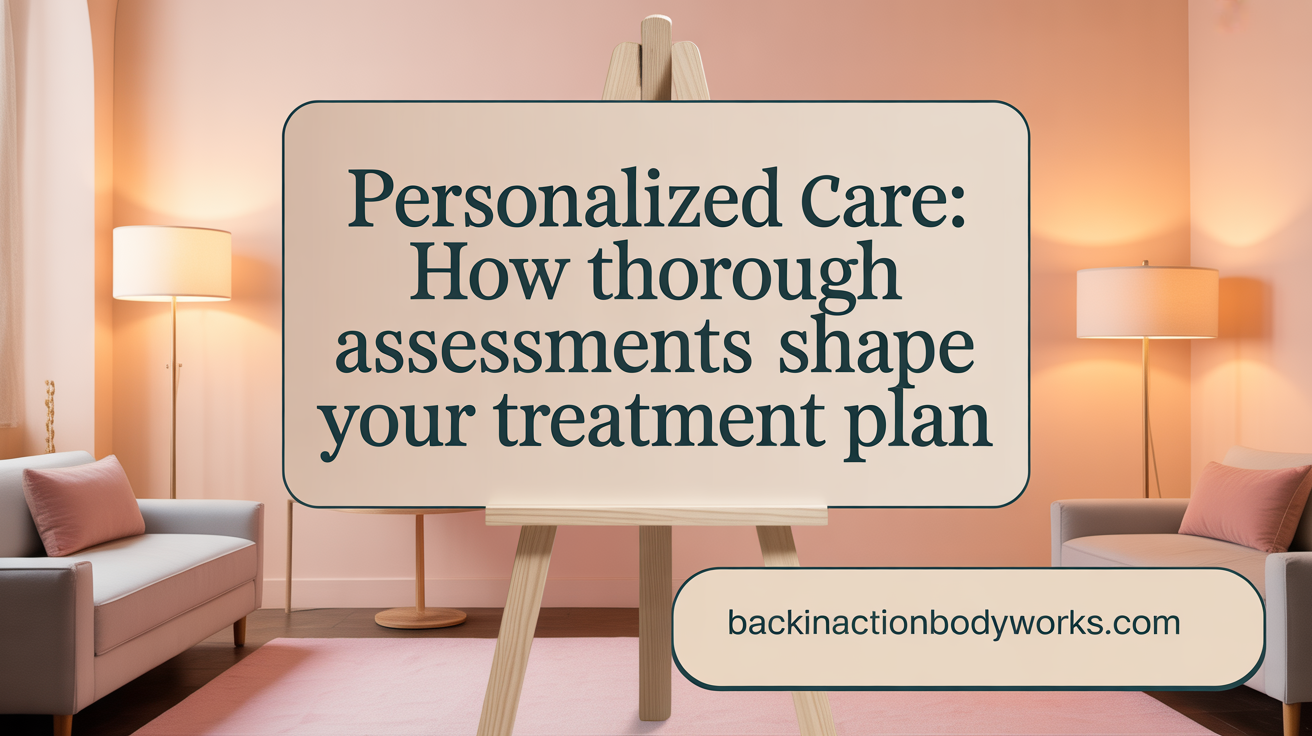
Why are assessment and personalized treatment important in physiotherapy for back pain?
Assessments are the foundation of effective physiotherapy for individuals suffering from back pain. They involve gathering detailed information about the patient’s medical history, conducting physical examinations, and recognizing any red flags that might indicate serious underlying conditions. This process helps physiotherapists understand the specific nature of each patient’s pain—whether it is mechanical, nerve-related, or due to systemic issues.
Once the assessment is complete, the next step involves creating a tailored treatment plan. These plans are personalized according to the assessment findings, ensuring that interventions are targeted and appropriate for the individual. For example, a patient with movement control impairment may benefit from specific trunk muscle activation exercises, while another with muscle tightness might require stretching programs.
In today’s healthcare landscape, telerehabilitation has gained prominence as an alternative means of assessment and treatment. With virtual consultations, physiotherapists can still evaluate movement patterns, provide guidance, and adjust treatment strategies remotely, making care more accessible.
Patient-centered care is at the heart of this approach. It involves involving patients in decisions, considering their preferences, lifestyle, and goals. This fosters engagement, adherence, and ultimately, better outcomes.
Overall, thorough assessment combined with customized treatment plans—whether delivered in person or via telerehabilitation—is essential for optimizing recovery from back pain, preventing future episodes, and catering to individual patient needs.
Common Exercise Types in Physiotherapy for Lower Back Pain

What types of exercises are commonly recommended in physiotherapy for lower back pain?
Physiotherapy for lower back pain typically employs a blend of stretching and strengthening routines. These exercises aim to enhance flexibility, stabilize the back, and support spinal health.
Stretching exercises like the pelvic tilt, cat stretch, knee-to-chest, and lumbar spine rotations are common. These movements help loosen tight muscles and improve the mobility of joints involved in back support.
Strengthening routines focus on core muscles, which include exercises such as side planks, bird dogs, bridges, and functional movements like squats and sit-to-stand. Strengthening these muscles reduces strain on the lower back and enhances stability.
Core activation exercises are particularly important, as they build endurance and support for the spine. Targeted activities include transversus abdominis activation drills and controlled movement exercises.
Many physiotherapists recommend beginning with gentle, pain-free movements, gradually increasing repetitions and duration. Typically, stretches are held for 20 to 30 seconds and performed multiple times daily.
For optimal results and safety, following a tailored exercise plan from a healthcare professional or licensed physical therapist is essential. They can adjust the intensity and types of exercises based on individual needs, especially for those with severe, persistent, or recurrent pain.
Regularly engaging in these exercises can help alleviate discomfort, prevent future episodes, and promote long-term spinal health.
Treatment Techniques and Approaches in Physiotherapy for Back Pain
 Physiotherapy offers a variety of techniques tailored to help individuals manage and recover from back pain effectively. Central to these are therapeutic exercises designed to strengthen core muscles, enhance flexibility, and improve overall mobility. Commonly prescribed exercises include lumbar stabilization movements, stretching routines like hamstring stretches, and aerobic activities such as walking or stationary biking.
Physiotherapy offers a variety of techniques tailored to help individuals manage and recover from back pain effectively. Central to these are therapeutic exercises designed to strengthen core muscles, enhance flexibility, and improve overall mobility. Commonly prescribed exercises include lumbar stabilization movements, stretching routines like hamstring stretches, and aerobic activities such as walking or stationary biking.
Manual therapy methods are widely employed to reduce pain and improve joint function. These include spinal mobilization, manipulation, and targeted massage techniques that help decrease muscle tension, support spinal alignment, and promote tissue healing.
In addition to active and manual therapies, modalities like heat packs, ice therapy, transcutaneous electrical nerve stimulation (TENS), and ultrasound are used to manage symptoms. These treatments can reduce inflammation, alleviate pain, and facilitate the effectiveness of movement-based exercises.
Patient education plays a crucial role in physiotherapy. Therapists instruct patients on posture correction, safe movement techniques, and activity modifications to prevent further injury. They also emphasize the importance of maintaining activity and adhering to prescribed exercises for long-term benefit.
Considering individual needs, modern physiotherapy often adopts a multimodal, personalized approach. This combines various exercise regimens, manual therapies, modalities, and education tailored to the patient’s specific condition and preferences. Such an integrated strategy maximizes the chances of pain relief, functional improvement, and prevention of future episodes.
| Technique Category | Examples | Purpose |
|---|---|---|
| Therapeutic exercises | Core stabilization, stretches, aerobic conditioning | Strengthen muscles, improve flexibility, support spinal health |
| Manual therapy | Spinal mobilization, manipulation, soft tissue massage | Reduce pain, restore joint motion, decrease muscle tension |
| Modalities | Heat/ice packs, TENS, ultrasound | Alleviate pain, reduce inflammation |
| Education | Posture correction, activity guidance | Prevent recurrence, promote self-management |
Overall, an individualized, multidimensional treatment plan combining these various approaches produces the best outcomes in managing lower back pain.
Goals and Long-Term Objectives of Physiotherapy for Chronic Lower Back Pain
Physiotherapy in managing long-term lower back pain aims to achieve several vital outcomes that enhance the patient's quality of life. The primary goal is to reduce pain and inflammation, alleviating discomfort so that patients can move more freely and perform daily activities without unnecessary suffering.
Restoring mobility and flexibility is also fundamental. Through targeted stretching and movement exercises, physiotherapy helps improve spinal flexibility and joint mobility, reducing stiffness and promoting natural movement patterns.
Muscle strengthening is another cornerstone. Exercises focused on strengthening core muscles, back, and supporting tissues provide stability and support to the spine, decreasing the likelihood of future injuries or flare-ups.
Enhancement of functional abilities is crucial, enabling individuals to return to work, hobbies, and daily tasks with decreased disability and increased confidence.
Postural training and patient education play significant roles in long-term management. Proper posture techniques, ergonomic advice, and lifestyle modifications learned during therapy help prevent stress on the lower back and reduce recurrence risks.
Preventing future episodes involves addressing underlying contributors like muscle imbalances, poor movement habits, and inadequate support. Patients are encouraged to continue exercises and adopt healthy habits learned during therapy.
In sum, the long-term goals of physiotherapy include alleviating current symptoms, restoring mobility, strengthening supportive muscles, educating patients to sustain improvements, and preventing future low back pain episodes. This comprehensive approach fosters an active, pain-free lifestyle and supports ongoing spinal health.
Phases of Physiotherapy Treatment and Typical Progression Timeline
How does physiotherapy treatment for lower back pain typically progress over time?
Physiotherapy for lower back pain generally unfolds in several distinct stages, each designed to address specific needs and facilitate recovery. The initial phase centers on controlling pain and reducing inflammation. During these first 1-4 weeks, patients often receive education on movement, gentle stretching, manual therapies such as joint mobilization, and modalities like heat or cold therapy. The goal here is to promote comfort and prevent further aggravation.
Once pain subsides, the second phase emphasizes strengthening and conditioning of supportive structures. This usually occurs between weeks 4 and 8. Exercises focus on activating core muscles, improving posture, and restoring strength through activities like pelvic tilts, bridges, and advanced resistance training. This stage aims to build resilience and stability in the spine.
The final stage aims to restore full function, coordination, and confidence in movement. It involves functional exercises, resistance training, and activities mimicking daily tasks or sports. Education about maintaining healthy habits and preventing future episodes is integral, encouraging self-management and exercise adherence.
Overall, treatment duration varies, with most programs lasting from a few weeks to several months. Factors influencing length include the severity of pain, underlying causes, patient response, and lifestyle. Consistency, patience, and personalized interventions are crucial for effective recovery.
Maintaining progress with ongoing exercises and ergonomic modifications helps minimize the risk of recurrence. A collaborative approach between patient and physiotherapist ensures adaptation throughout each phase, optimizing outcomes and promoting long-term spinal health.
Scientific Evidence Supporting Physiotherapy for Lower Back Pain
 Numerous scientific studies substantiate the role of physiotherapy as an effective treatment for lower back pain. Randomized controlled trials (RCTs) and systematic reviews consistently demonstrate that physiotherapy interventions can lead to meaningful reductions in pain and improvements in functional capacity. For instance, therapy programs that include targeted exercises such as core strengthening, lumbar stabilization, and movement control are well-supported by evidence, showing significant benefits for patients.
Numerous scientific studies substantiate the role of physiotherapy as an effective treatment for lower back pain. Randomized controlled trials (RCTs) and systematic reviews consistently demonstrate that physiotherapy interventions can lead to meaningful reductions in pain and improvements in functional capacity. For instance, therapy programs that include targeted exercises such as core strengthening, lumbar stabilization, and movement control are well-supported by evidence, showing significant benefits for patients.
Research validates the efficacy of manual therapies, like spinal mobilization and manipulation, which can alleviate pain and enhance mobility. Modalities such as ultrasound, TENS, and dry needling are also employed alongside exercises, offering additional pain relief. Studies indicate that combining physical therapy techniques with educational strategies about proper movement and activity management produces the best outcomes.
Multidisciplinary approaches, integrating physical therapy with psychological support and patient education, have proven particularly beneficial. They address both the physical and psychosocial components of chronic low back pain, leading to greater reductions in disability and pain levels.
Long-term benefits of physiotherapy are evidenced by follow-up studies showing maintained improvements up to a year after treatment. These include enhanced muscle strength, flexibility, posture, and movement patterns. Meta-analyses reinforce that structured physiotherapy programs can effectively prevent future episodes of back pain by promoting spinal health and functional movement.
Overall, the existing body of scientific literature confirms that physiotherapy-based interventions—whether through exercise, manual therapy, or combined multidisciplinary strategies—are safe, non-invasive, and effective options for managing both acute and chronic lower back pain.
Patient Experience: What to Expect During Physiotherapy Sessions

Initial assessment and evaluation
When patients begin physiotherapy for lower back pain, the first step is a comprehensive assessment. The therapist will evaluate movement patterns, muscle strength, flexibility, and posture to identify contributing factors to pain. This assessment helps create a personalized treatment plan tailored to the individual’s specific needs.
Hands-on manual therapy
Many sessions include manual therapy techniques such as joint mobilization, soft tissue massage, or myofascial release. These hands-on approaches aim to reduce pain, improve joint mobility, and relieve muscle tension. Therapists might target specific painful areas or areas of stiffness to facilitate better movement.
Exercise instruction
Active treatments are central to physiotherapy. Patients are taught various exercises, including strengthening, stretching, and stabilization drills. For example, core exercises, such as transverse abdominus activation or lumbar stabilization, help support the spine. Exercise programs are designed to enhance flexibility, build strength, and promote better movement, helping to reduce pain and prevent future episodes.
Educational guidance
Apart from physical interventions, therapists provide education on spinal health, proper body mechanics, and posture correction. This guidance helps patients understand what may have caused their pain and how to modify daily activities to reduce stress on the back. Education empowers patients to take an active role in their recovery.
Session duration and structure
Typically lasting around 40 minutes, each physiotherapy session combines assessment, manual therapy, and exercise prescriptions. The therapist may also use passive modalities such as heat, ice, or electrical stimulation (like TENS) to decrease pain and inflammation. The overall structure is tailored to the patient’s progress and comfort.
Home exercise programs
To maintain and enhance gains made during therapy sessions, patients are usually given customized exercises to perform at home. Continuing these routines is crucial for long-term improvement. Regular follow-up sessions allow therapists to adjust exercises as needed and track progress.
Patients should stay engaged with their therapy, communicate openly about their symptoms, and adhere to prescribed exercises. With consistent effort, physiotherapy can significantly reduce pain, improve mobility, and help regain a better quality of life.
Additional Strategies Complementing Physiotherapy in Back Pain Management
Lifestyle modifications
In managing low back pain, adopting healthy lifestyle habits is essential. Regular activity and avoiding prolonged bed rest promote recovery and prevent worsening symptoms. Pacing oneself during daily activities helps reduce strain on the back.
Diet and weight management
Eating anti-inflammatory foods and maintaining a healthy weight can lessen the load on the spine, reducing pain and inflammation. Reducing intake of processed foods, sugar, and saturated fat supports overall spinal health.
Mindfulness and psychological support
Chronic back pain often impacts mental health. Techniques like mindfulness, meditation, and cognitive behavioral therapy (CBT) can help patients cope with pain and address emotional factors. Practices like yoga and tai chi combine physical movement with mental focus, promoting relaxation and pain relief.
Alternative therapies (acupuncture, massage)
Some individuals find relief through alternative treatments such as acupuncture, massage therapy, biofeedback, laser therapy, and electrical nerve stimulation. These methods are generally safe and can complement conventional physiotherapy to enhance pain management.
Prevention and ergonomic advice
Preventive measures include correct posture, ergonomic workspace setup, and proper lifting techniques. Proper ergonomic advice from health professionals can help reduce work-related back strain and avoid injury.
Reducing medication and surgery dependence
While medications and surgery are options for some cases, they are not first-line treatments. Emphasizing physical activity, physiotherapy, and lifestyle changes can decrease reliance on drugs and lower the need for surgical interventions.
These supplementary strategies, when combined with physiotherapy, can lead to more comprehensive management of low back pain, improving long-term outcomes and quality of life.
Embracing Physiotherapy for Effective Chronic Lower Back Pain Management
Physiotherapy stands as a scientifically supported, multifaceted approach to managing chronic lower back pain, offering patients a pathway to reduced pain, enhanced mobility, and improved quality of life. Through comprehensive assessment, individualized treatment plans, and integration of various techniques such as therapeutic exercises, manual therapy, and patient education, physiotherapy addresses both symptoms and underlying causes. Supported by substantial scientific evidence and patient success stories, it reduces reliance on medications and invasive procedures. Emphasizing consistency and active participation, physiotherapy empowers individuals to regain control of their health and fosters long-term spinal wellness through preventive strategies and lifestyle modifications. For those suffering chronic lower back pain, physiotherapy provides hope and a practical roadmap to lasting relief.
References
- Physical Therapy Approaches in the Treatment of Low Back Pain
- Physical Therapy for Low Back Pain Relief - Spine-health
- 7 Ways to Treat Chronic Back Pain Without Surgery
- Are physiotherapy exercises effective in reducing chronic low back ...
- How Physical Therapy Can Help Your Chronic Back Pain
- Interventions for the Management of Acute and Chronic Low Back Pain
- Low Back Pain - Physiopedia
- The Top 5 Physio Exercises To Fix Low Back Pain
Recent articles
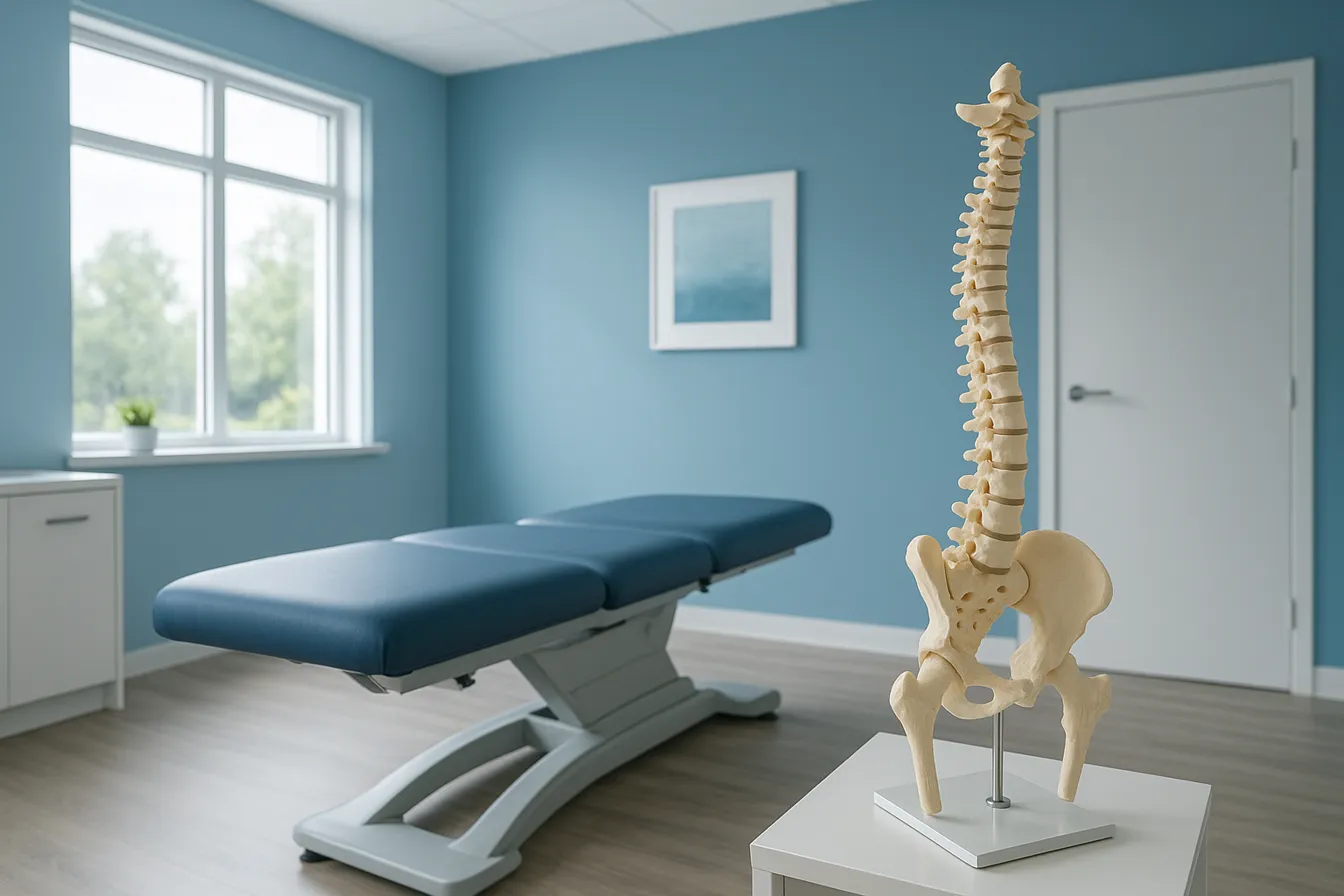
Chiropractic Care: Key Benefits for Managing and Preventing Back Pain
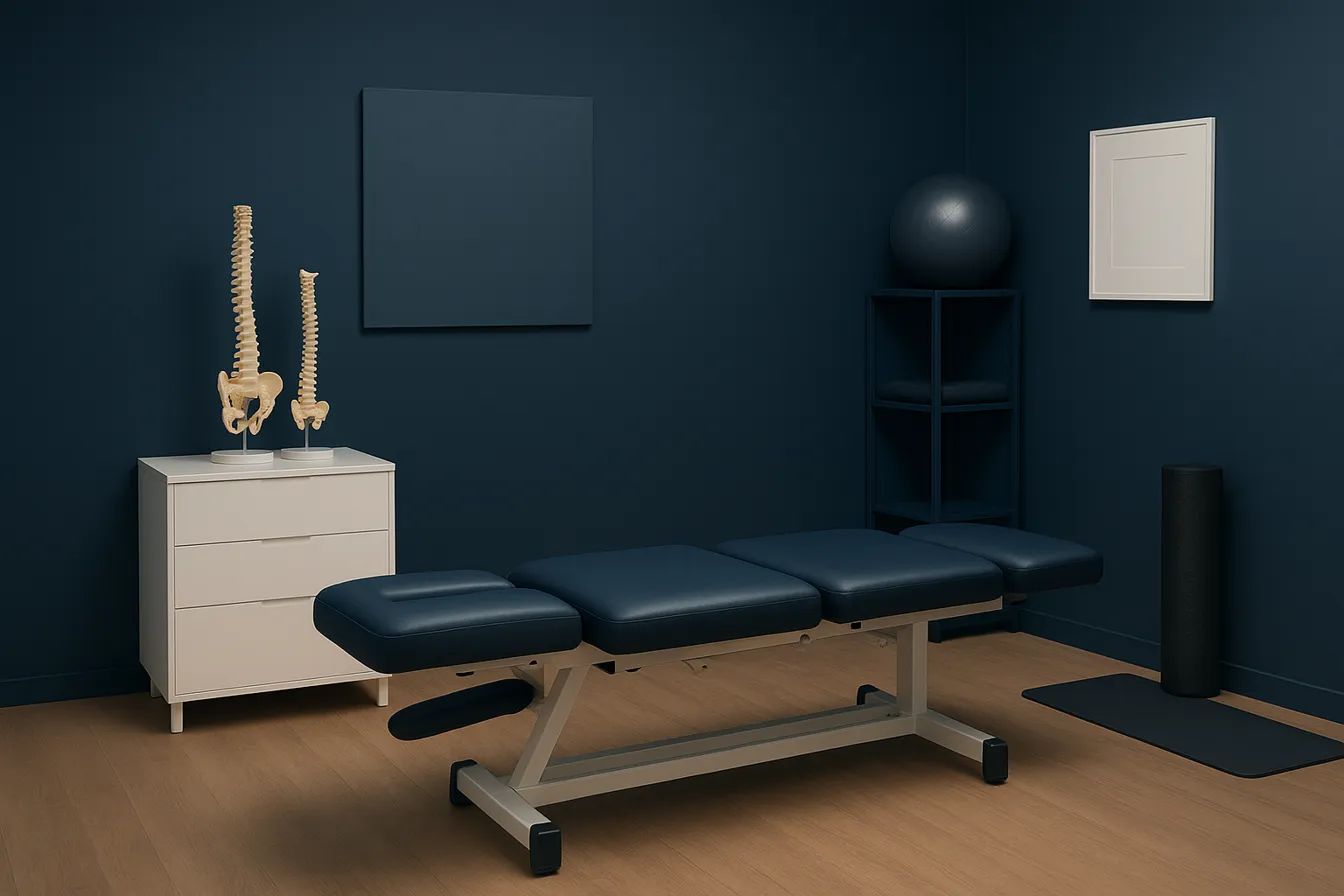
Corrective Exercises That Support Long-Term Relief from Sciatica
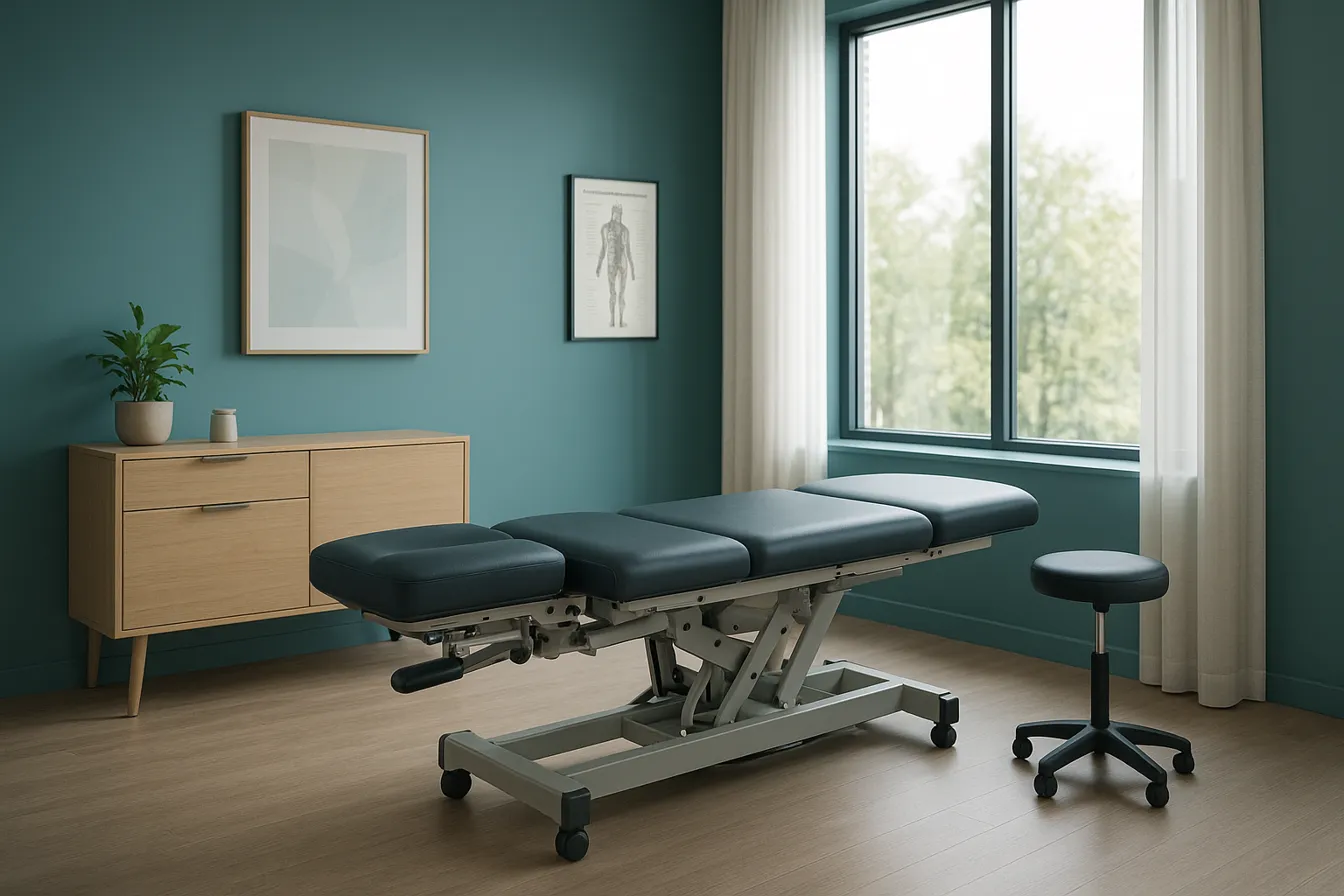
Chiropractic Methods That Provide Lasting Relief from Back Pain
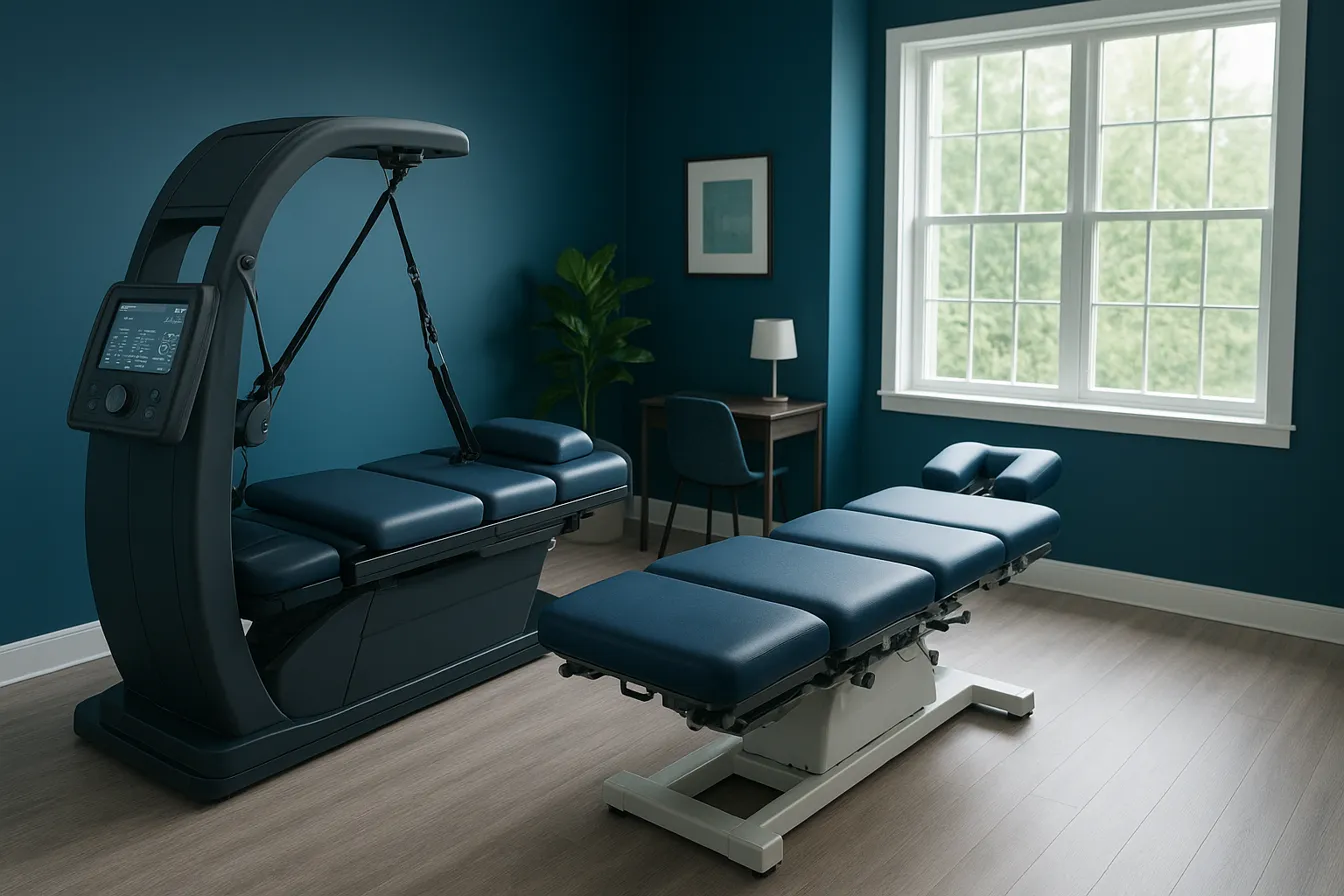
Understanding Spinal Decompression and Its Benefits for Sciatica

Real Patient Testimonials: Success Stories in Chiropractic Care

Top Questions to Ask Your Chiropractor During Your Initial Visit
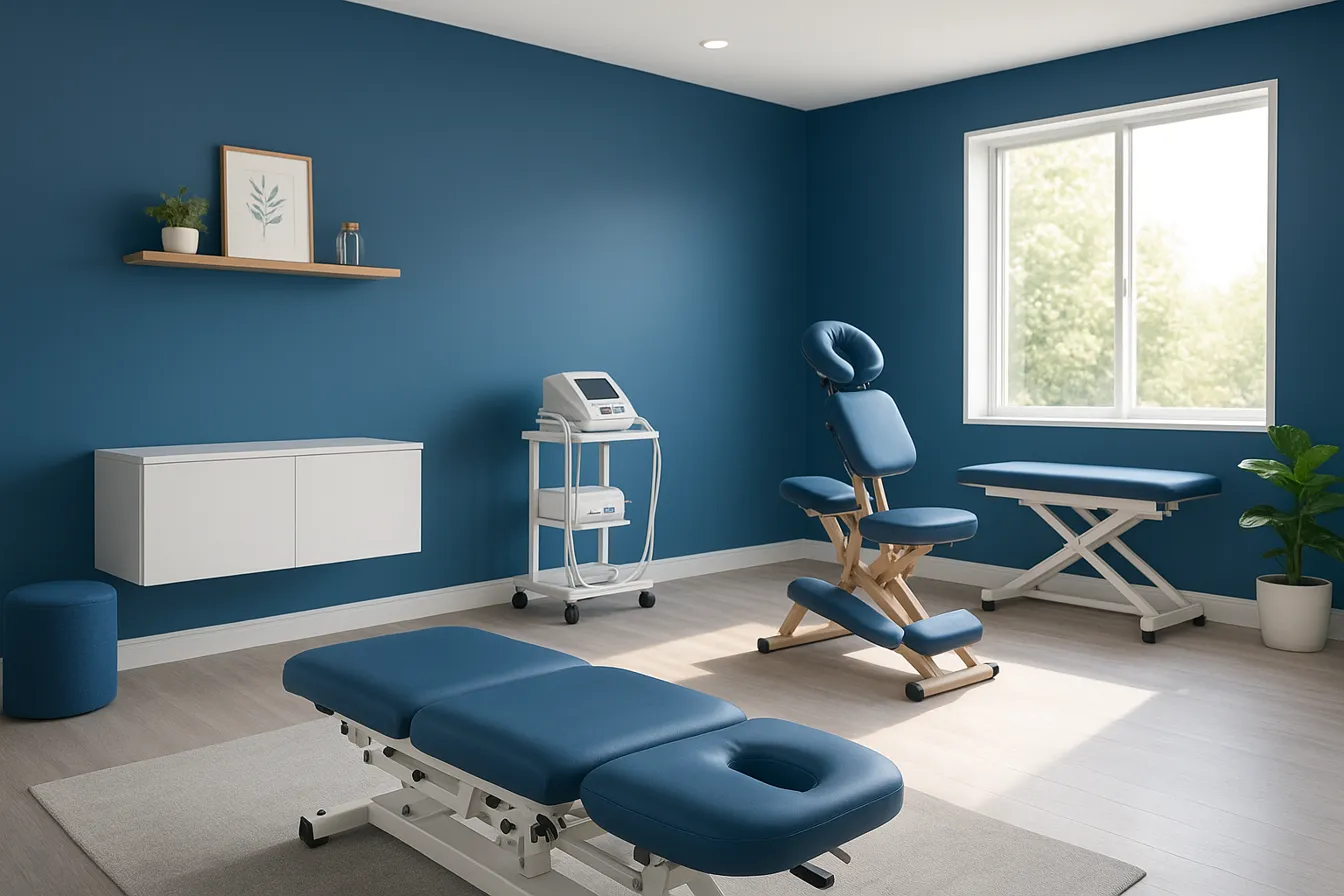
Physiotherapy's Role in Supporting Chiropractic Treatment Plans

The Role of Diet and Nutrition in Enhancing Wellness and Chiropractic Care

Inspiring Patient Testimonials Highlighting Chiropractic Success
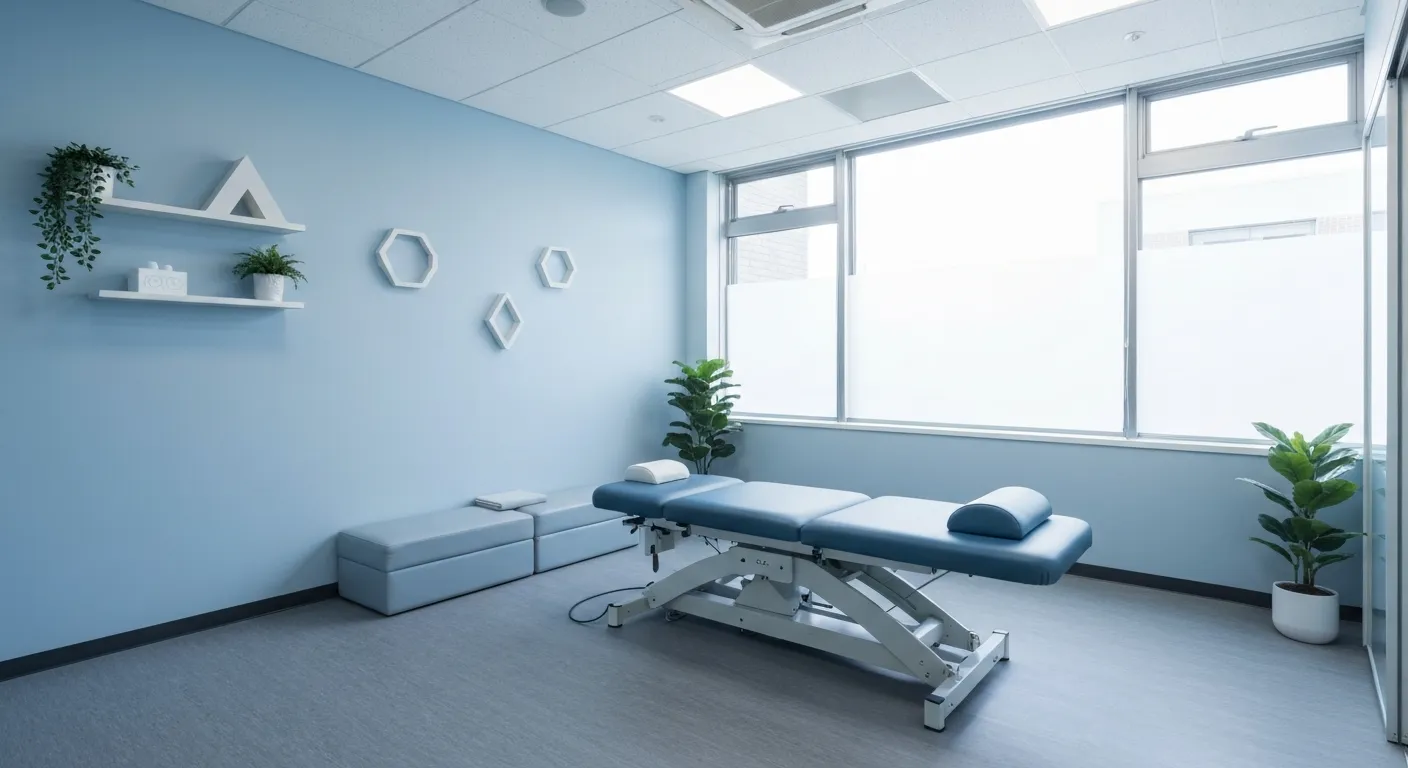
Chiropractic Care: A Natural Solution for Back Pain Relief
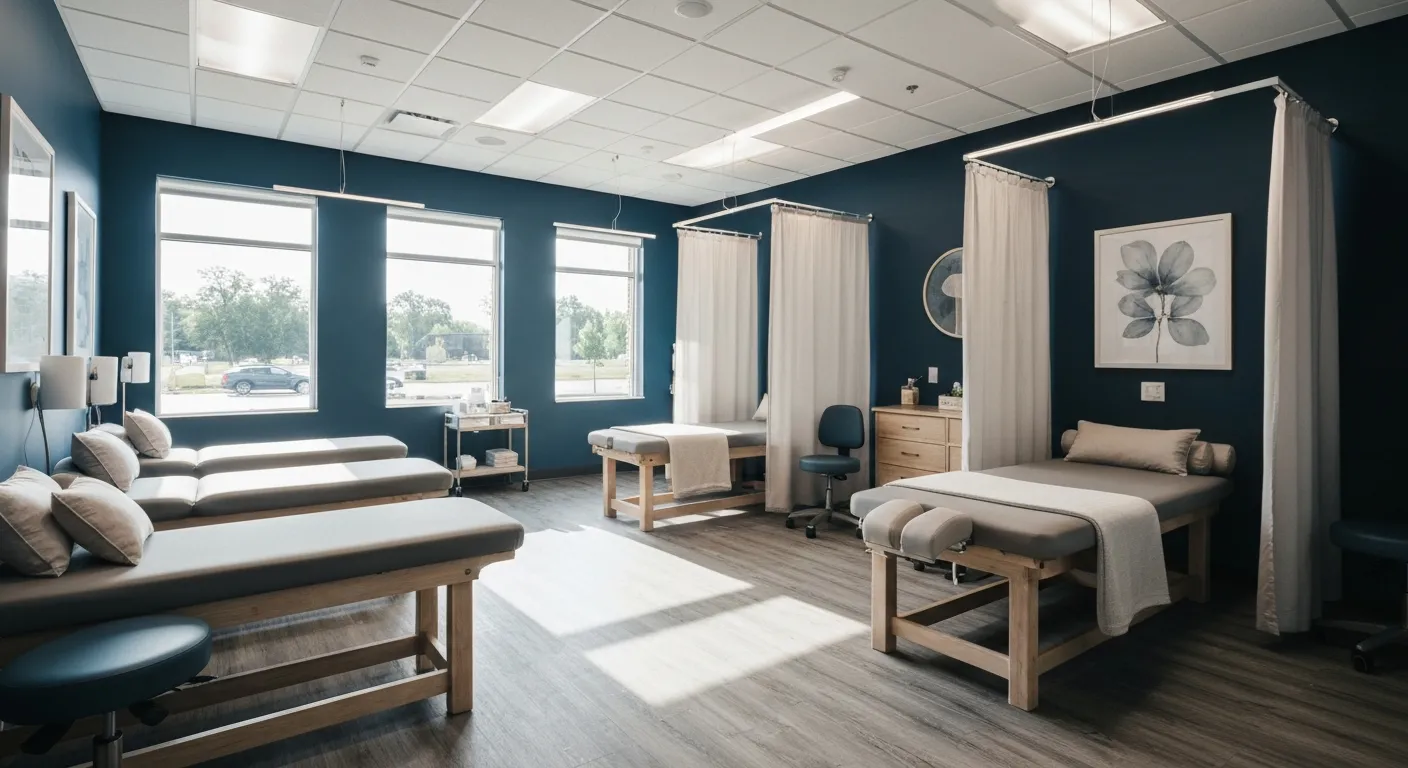
Amazing Patient Success Stories in Chiropractic Wellness

Combining Physiotherapy and Chiropractic for Optimal Healing
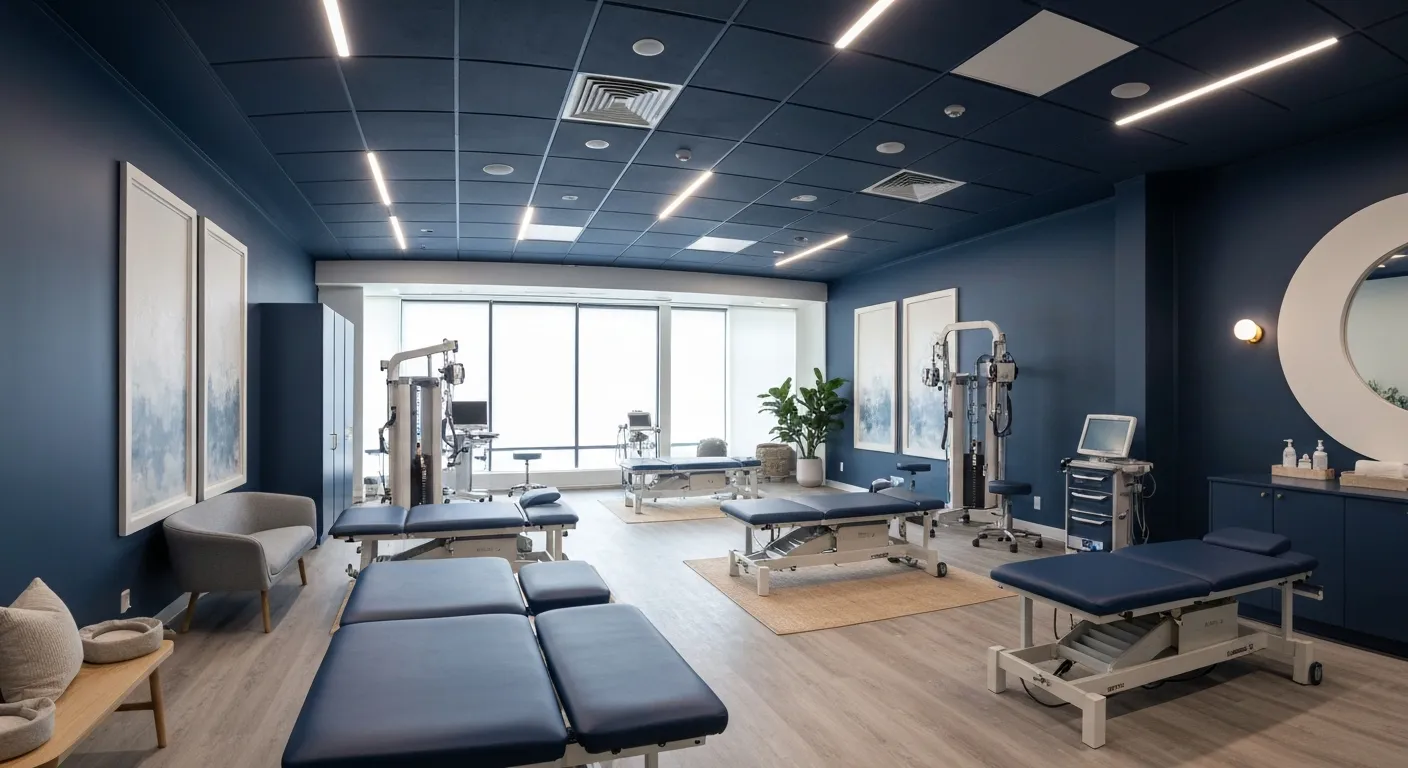
Spinal Decompression Therapy: A Breakthrough for Sciatica Sufferers

5 Holistic Treatments That Complement Chiropractic Care

How Physiotherapy Supports and Enhances Chiropractic Treatment
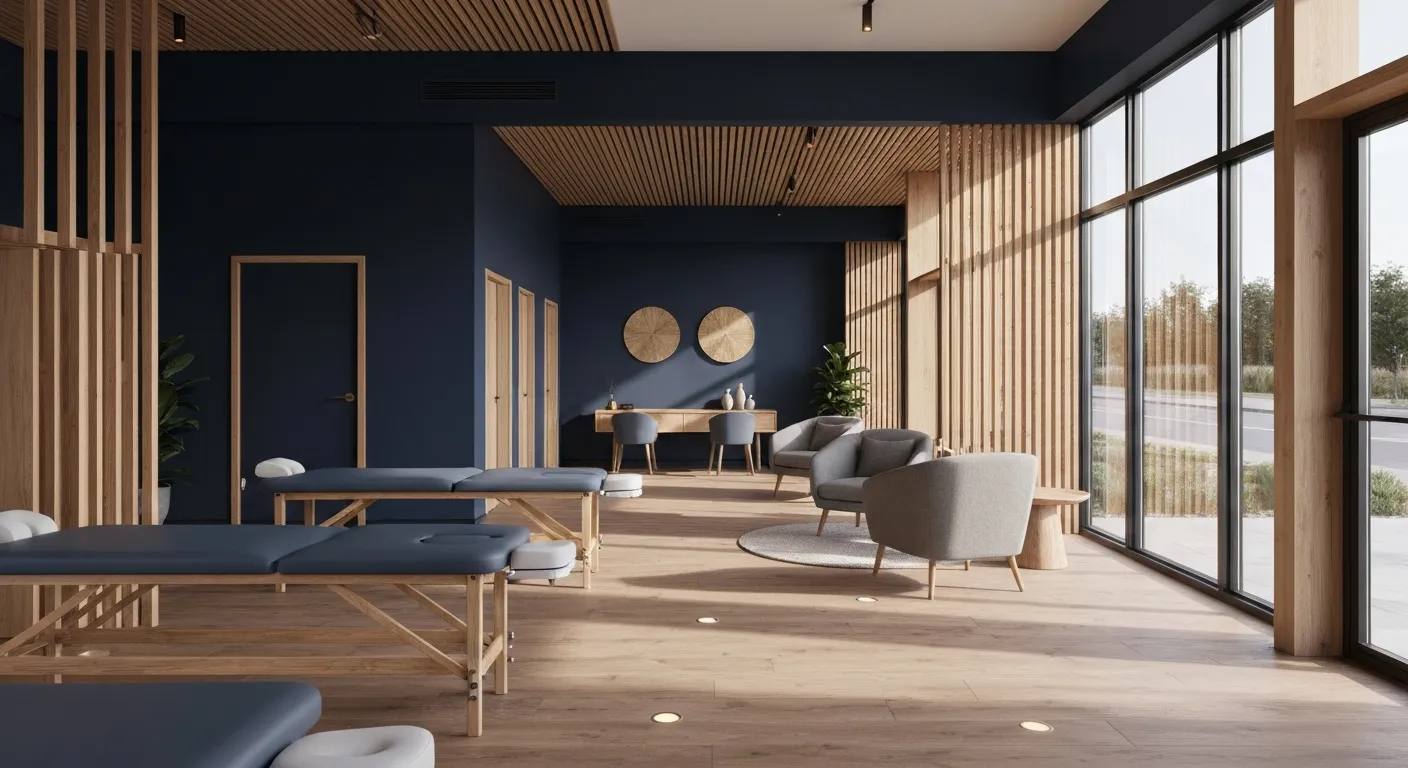
Root Cause Versus Symptom Treatment: Making the Right Choice

7 Essential Things to Know Before Choosing Your Chiropractor

Why Addressing Root Causes of Pain Matters More Than Just Symptoms
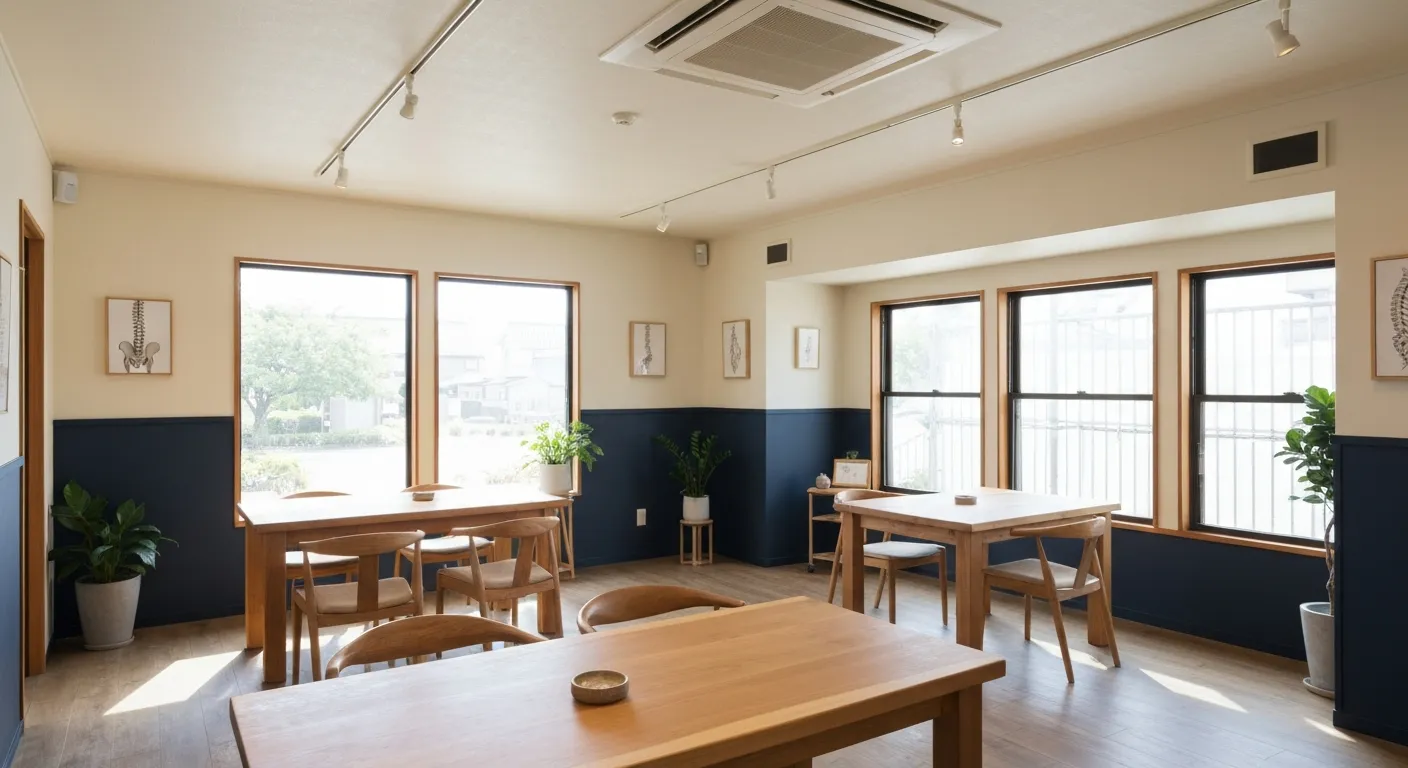
Nutritional Counseling Strategies to Boost Your Overall Wellness

How Spinal Decompression Therapy Alleviates Sciatic Nerve Pain
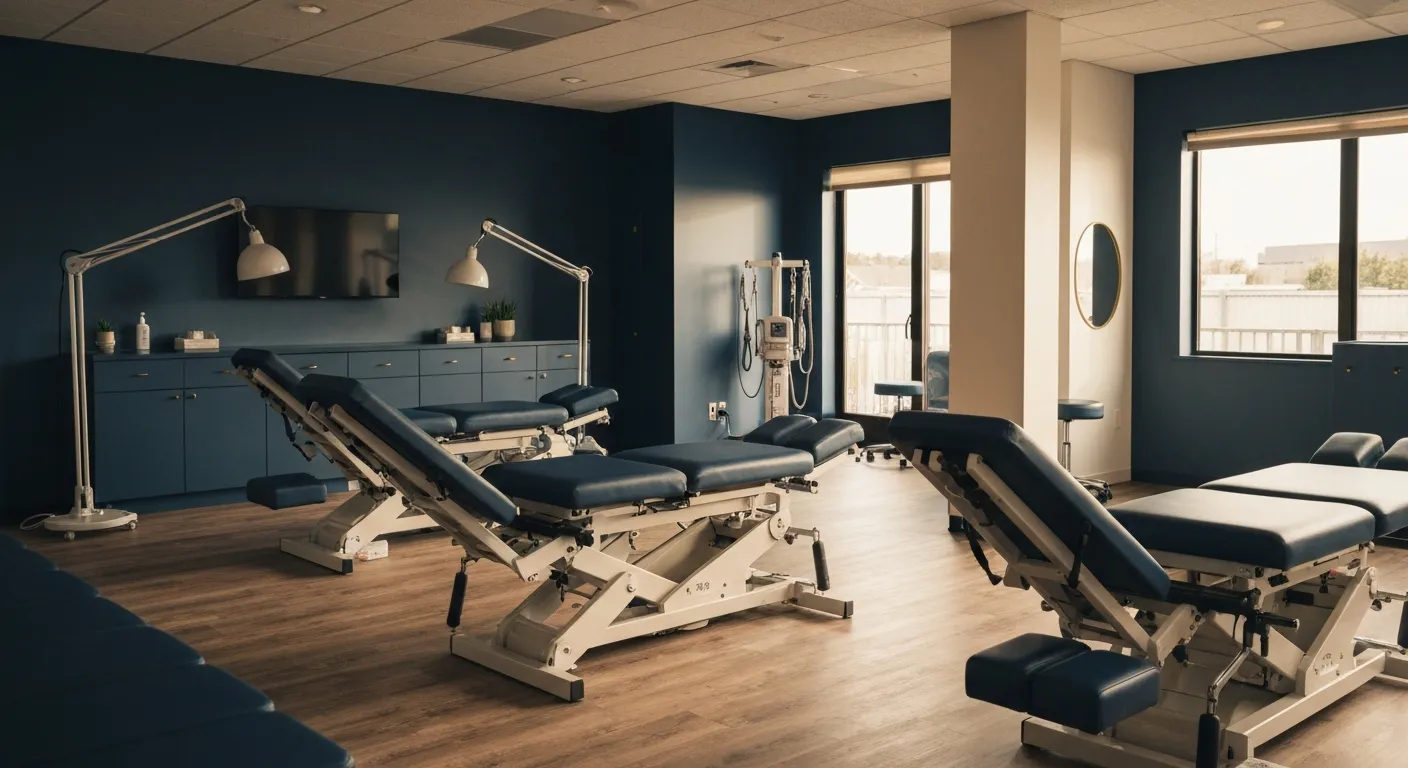
Long-Term Pain Relief Through Targeted Corrective Exercises

10 Benefits of Integrating Physiotherapy with Chiropractic Treatments

Corrective Exercises That Help Prevent Recurring Pain

8 Corrective Exercises Proven for Lasting Pain Relief

Lifestyle Habits for Maintaining a Healthy Spine

What You Will Experience at Your Initial Chiropractic Visit

What Happens at Your First Visit to a Chiropractor?
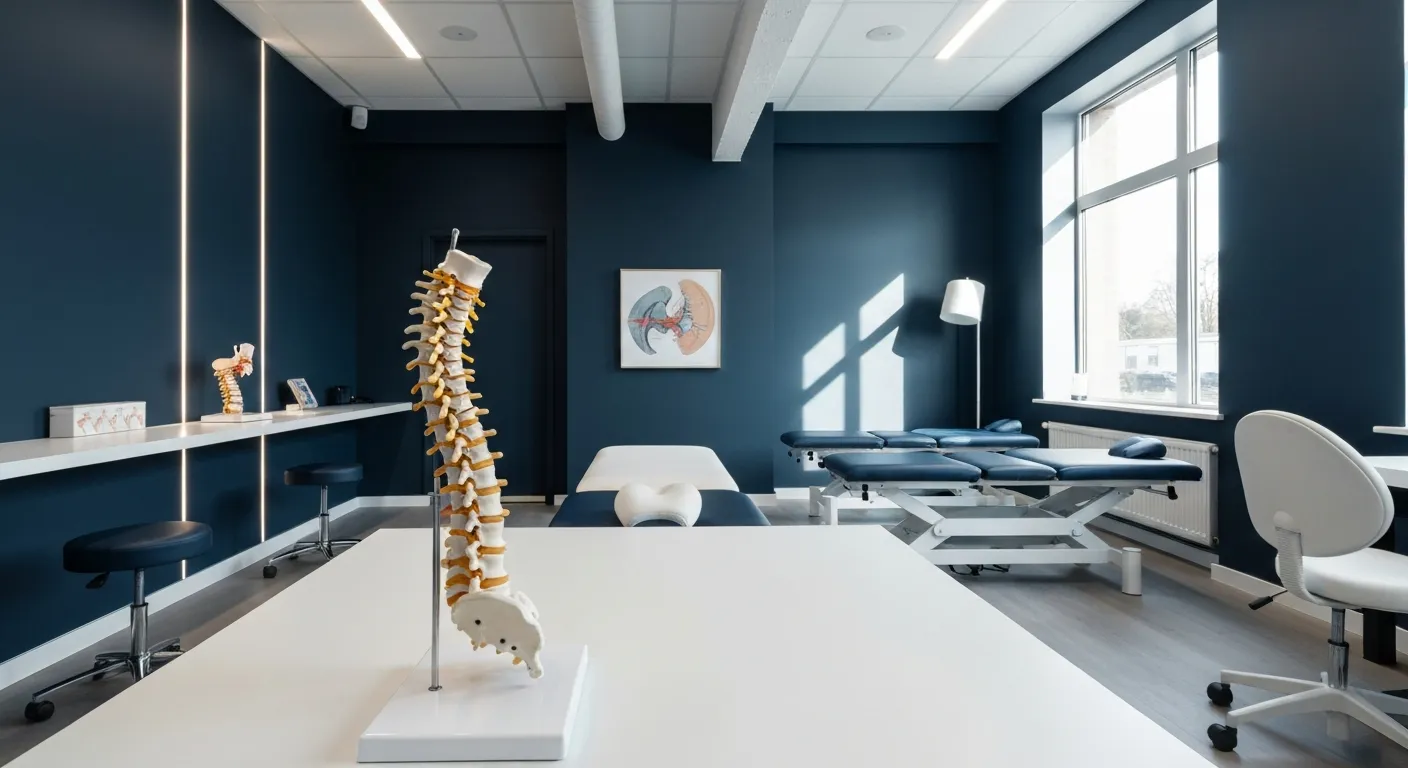
Focusing on Root Cause Analysis for Effective Pain Relief
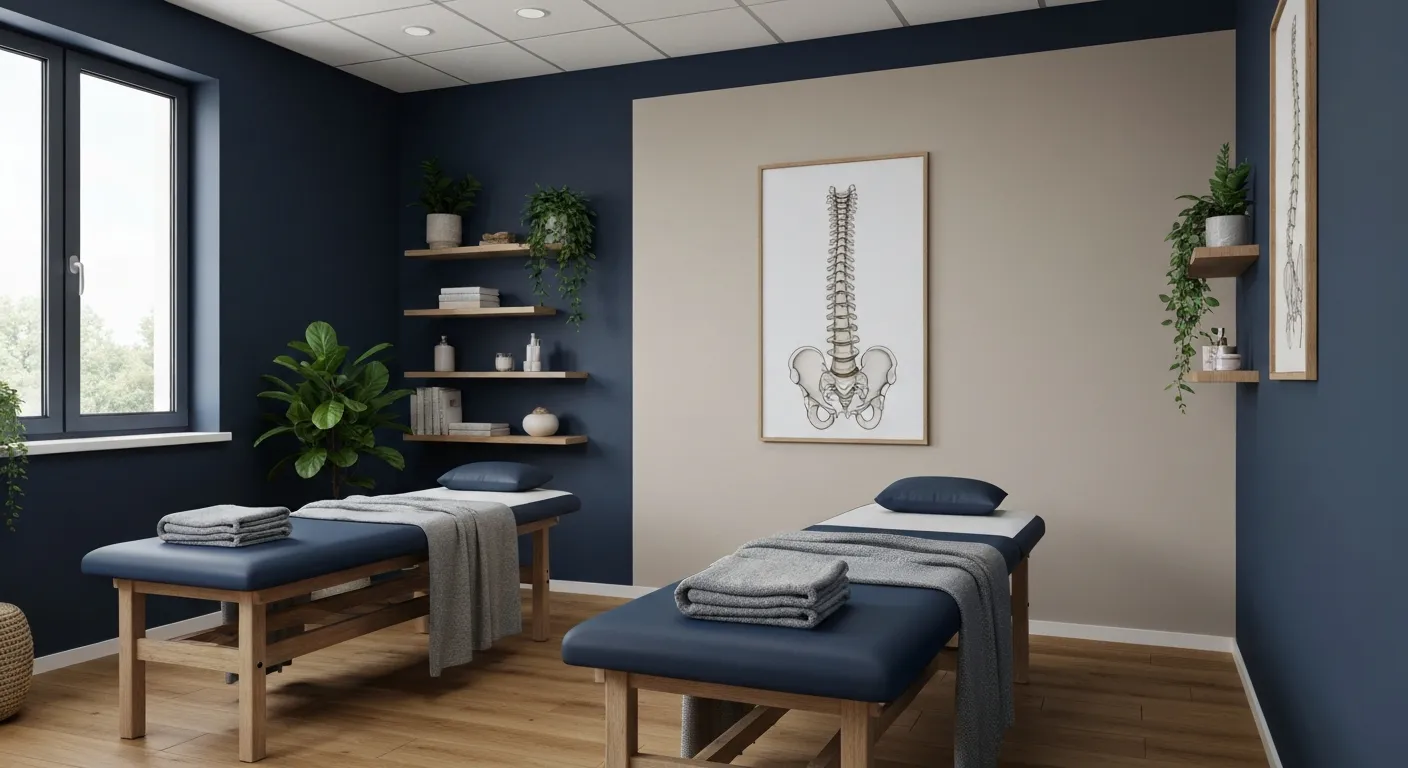
Tips for Lifestyle Changes to Support Spinal Health

Tips for Lifestyle Changes to Support Spinal Health

Holistic Treatment Plans: Alternatives to Surgery for Chronic Pain

Enhance Wellness Through Personalized Nutritional Counseling

Non-Invasive Pain Relief: Exploring Holistic Treatment Alternatives

Sciatica Relief Through Targeted Spinal Decompression

Integrating Physiotherapy with Chiropractic Treatments for Better Results

Testimonials That Demonstrate the Benefits of Chiropractic Care

The Power of Corrective Exercises in Pain Management

A Step-by-Step Guide to Your Initial Chiropractic Consultation

9 Nutritional Tips to Enhance Your Chiropractic Wellness Journey

Patient Experiences: How Chiropractic Care Changed Their Lives

Lifestyle Recommendations to Keep Your Spine in Top Shape

Effective Corrective Exercises for Long-Term Pain Relief

Back Pain Benefits: What Chiropractic Care Can Do for You
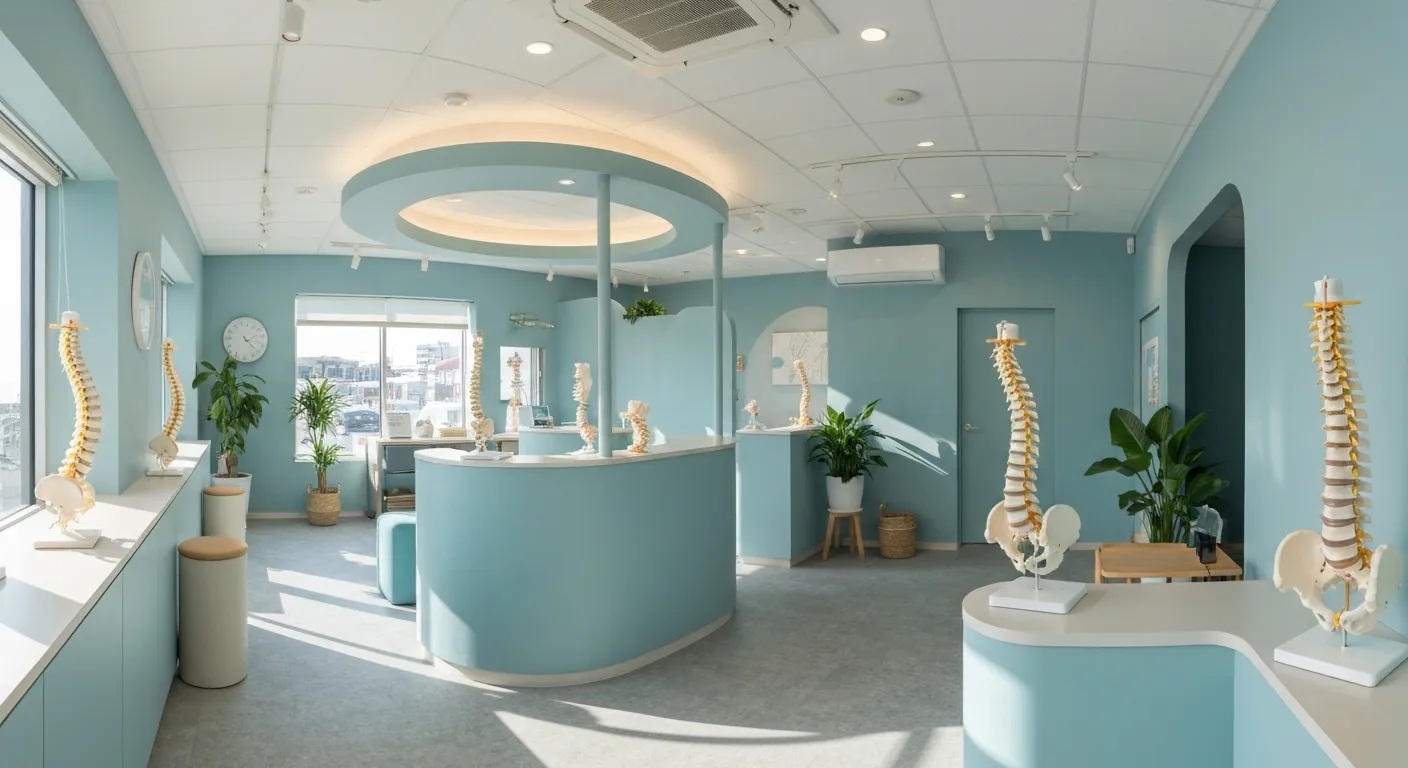
Spinal Decompression Techniques for Effective Sciatica Relief
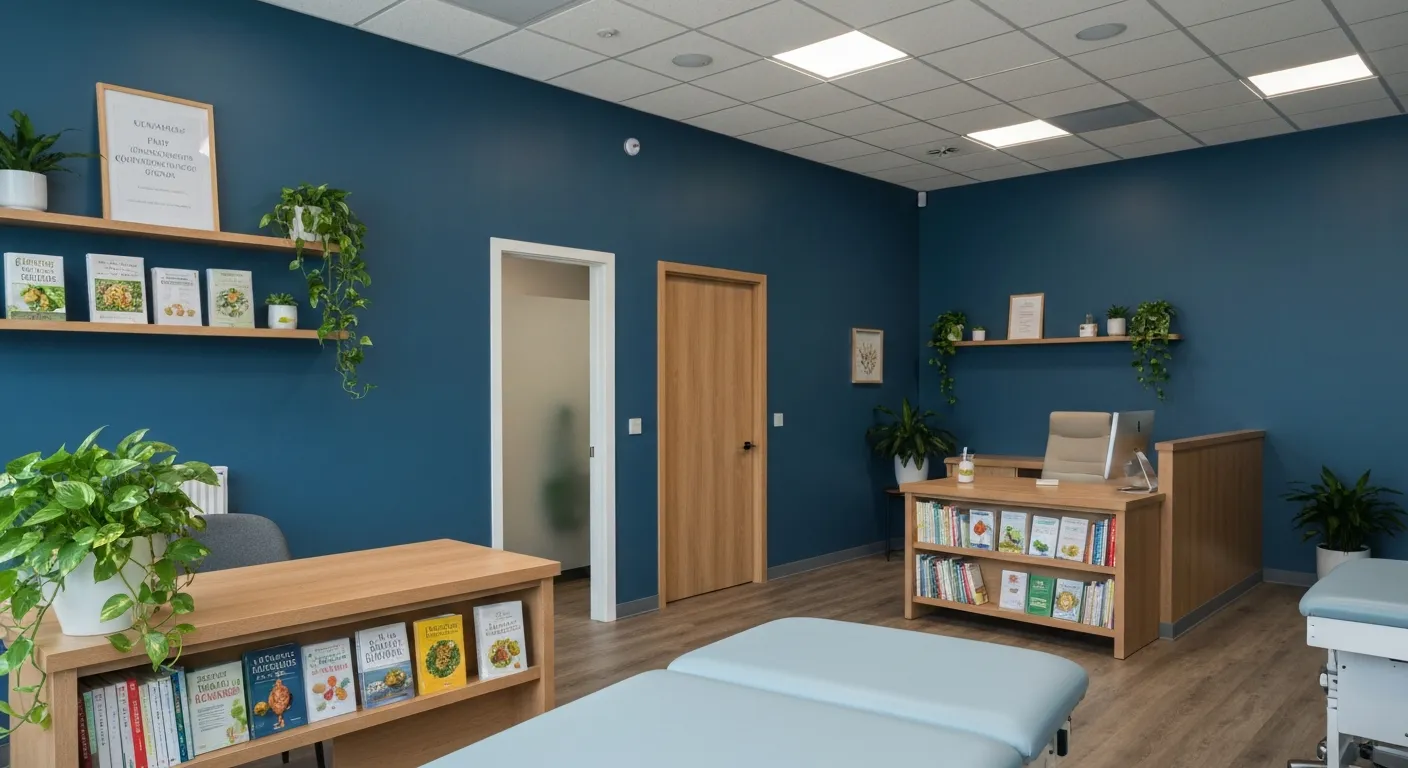
Top Nutritional Counseling Tips for Enhanced Wellness
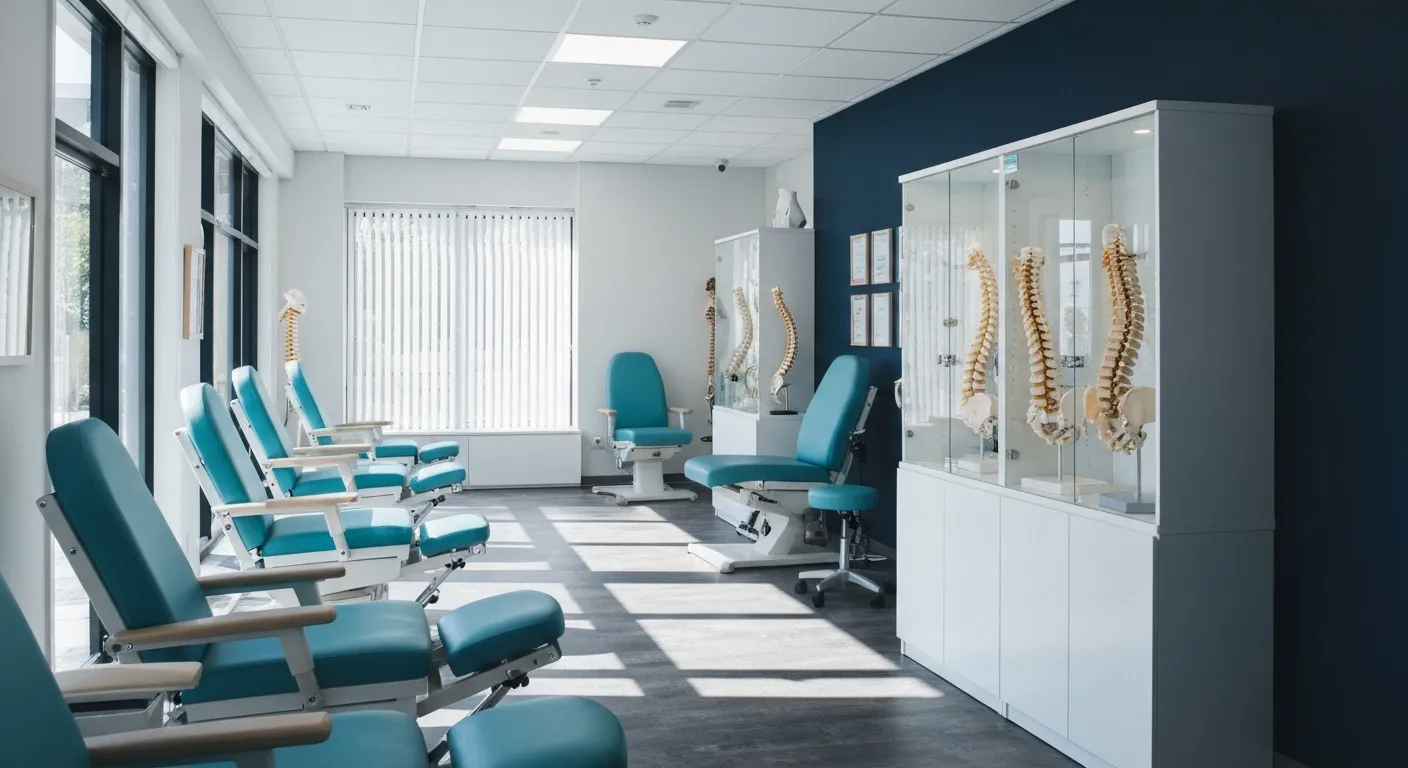
6 Lifestyle Habits That Boost Spine Health Daily

Discover Holistic and Non-Surgical Pain Relief Solutions

Exploring Holistic and Non-Surgical Treatment Options for Pain
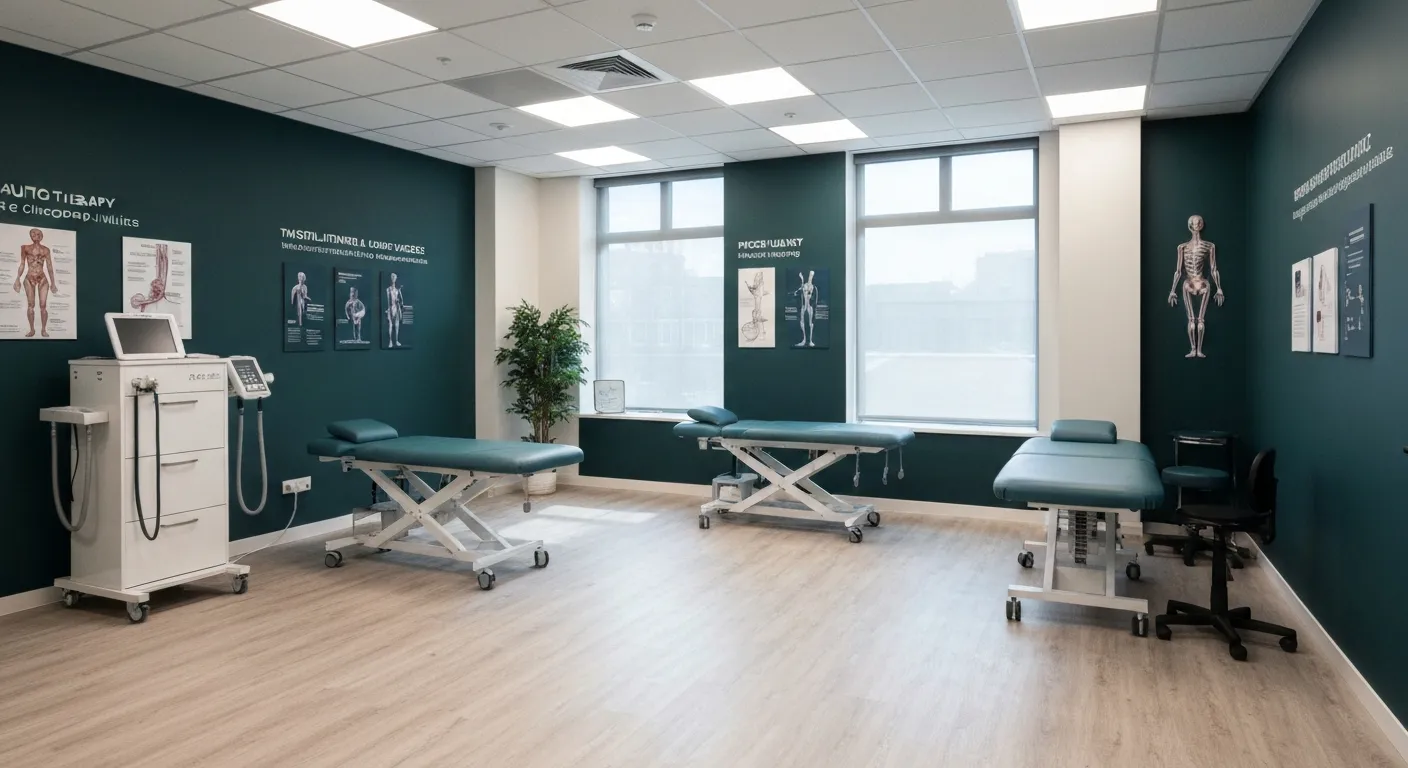
The Role of Physiotherapy in Enhancing Chiropractic Care Outcomes

Complementing Chiropractic Care with Physiotherapy: What You Need to Know
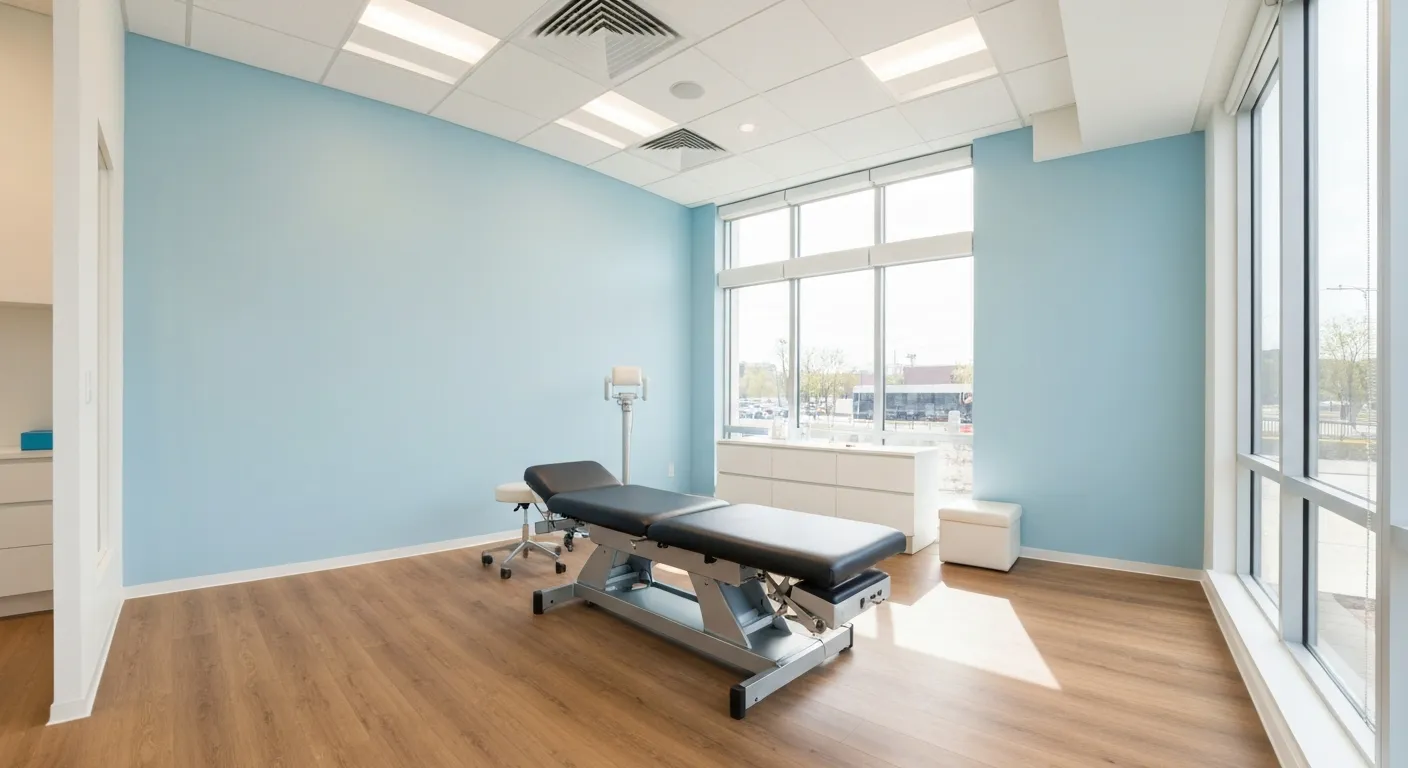
What to Expect During Your First Chiropractic Visit

Simple Lifestyle Adjustments to Maintain a Healthy Spine

Personalized Nutritional Counseling for Improved Health Outcomes

Exploring Non-Surgical Treatments for Spine-Related Conditions
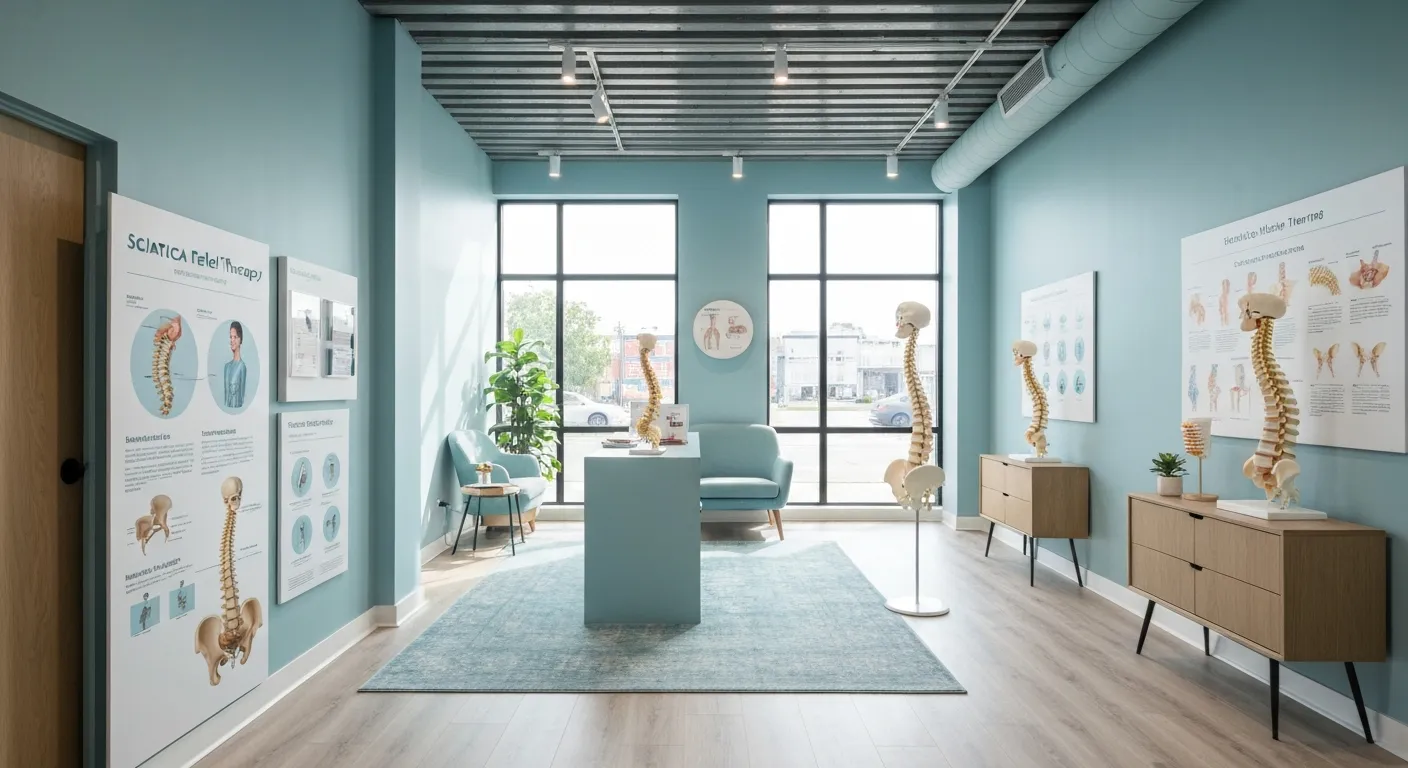
An Introduction to Spinal Decompression for Sciatica Patients

Transformative Success Stories: Patient Experiences with Chiropractic Treatments
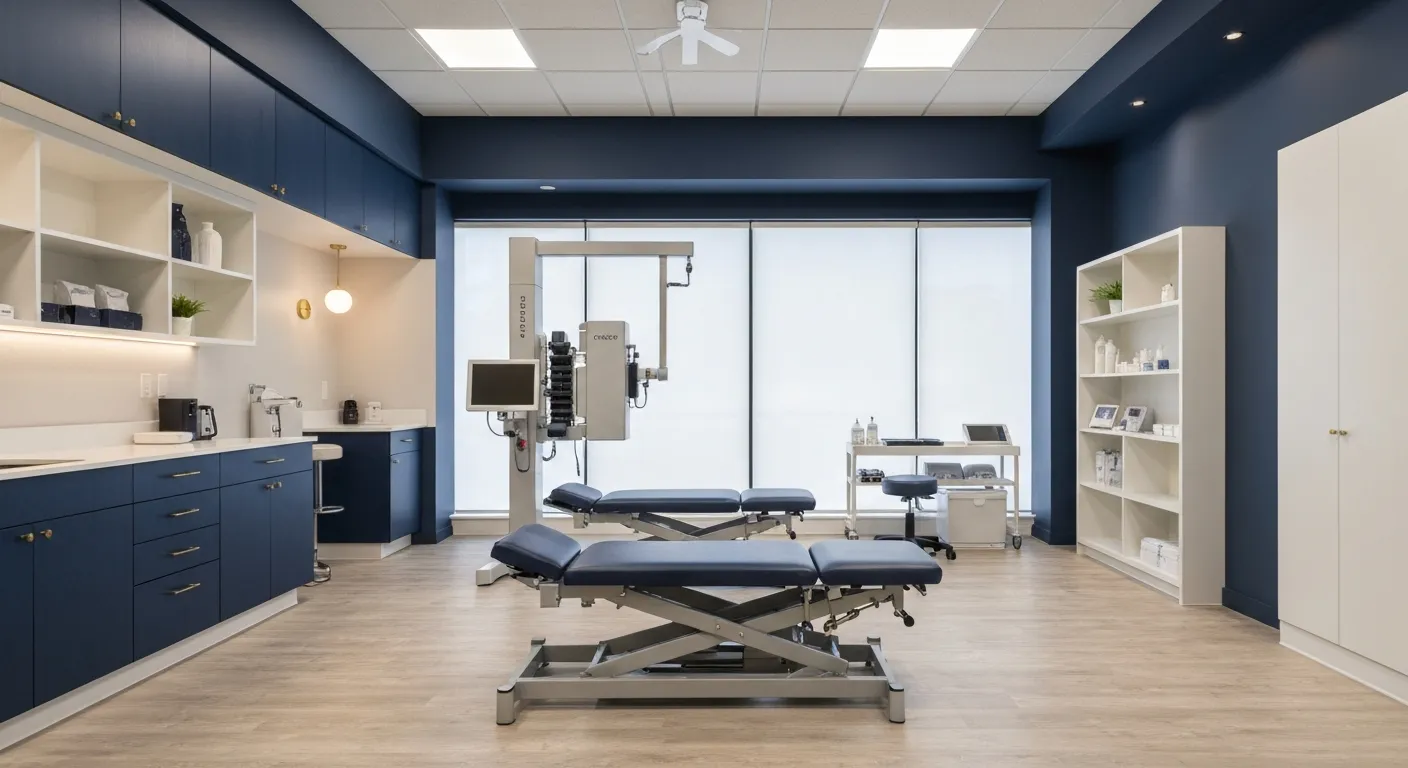
Why Chiropractic Care Is Essential for Back Pain Relief

Addressing Underlying Causes Versus Symptom Management in Pain Care

The Role of Nutrition in Enhancing Chiropractic Treatment Effectiveness

Sciatica Treatment Options: Is Spinal Decompression Right for You?

Lifestyle Tips to Maintain a Healthy Spine and Prevent Back Issues

The Synergy Between Physiotherapy and Chiropractic Treatments
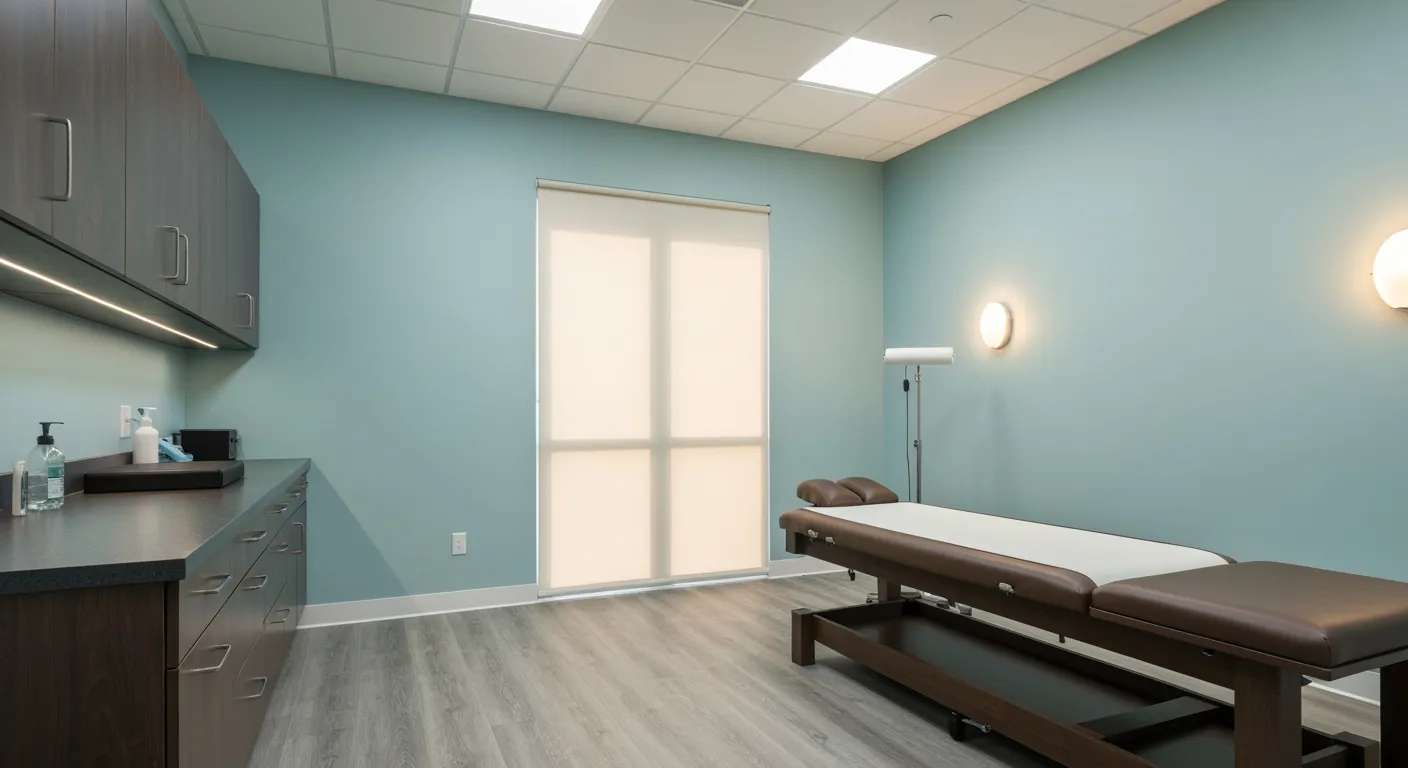
What Happens During Your Initial Chiropractic Consultation
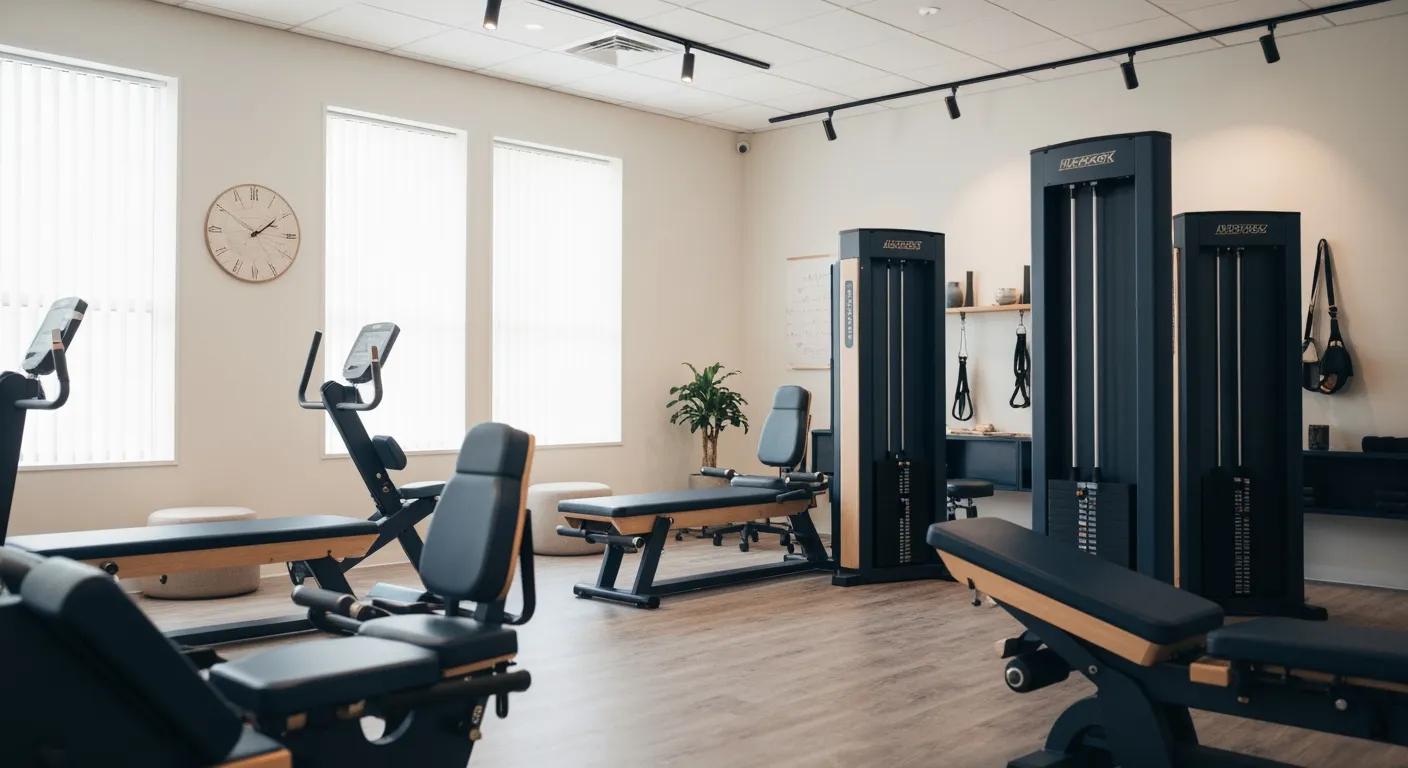
Effective Corrective Exercises for Sustainable Pain Management
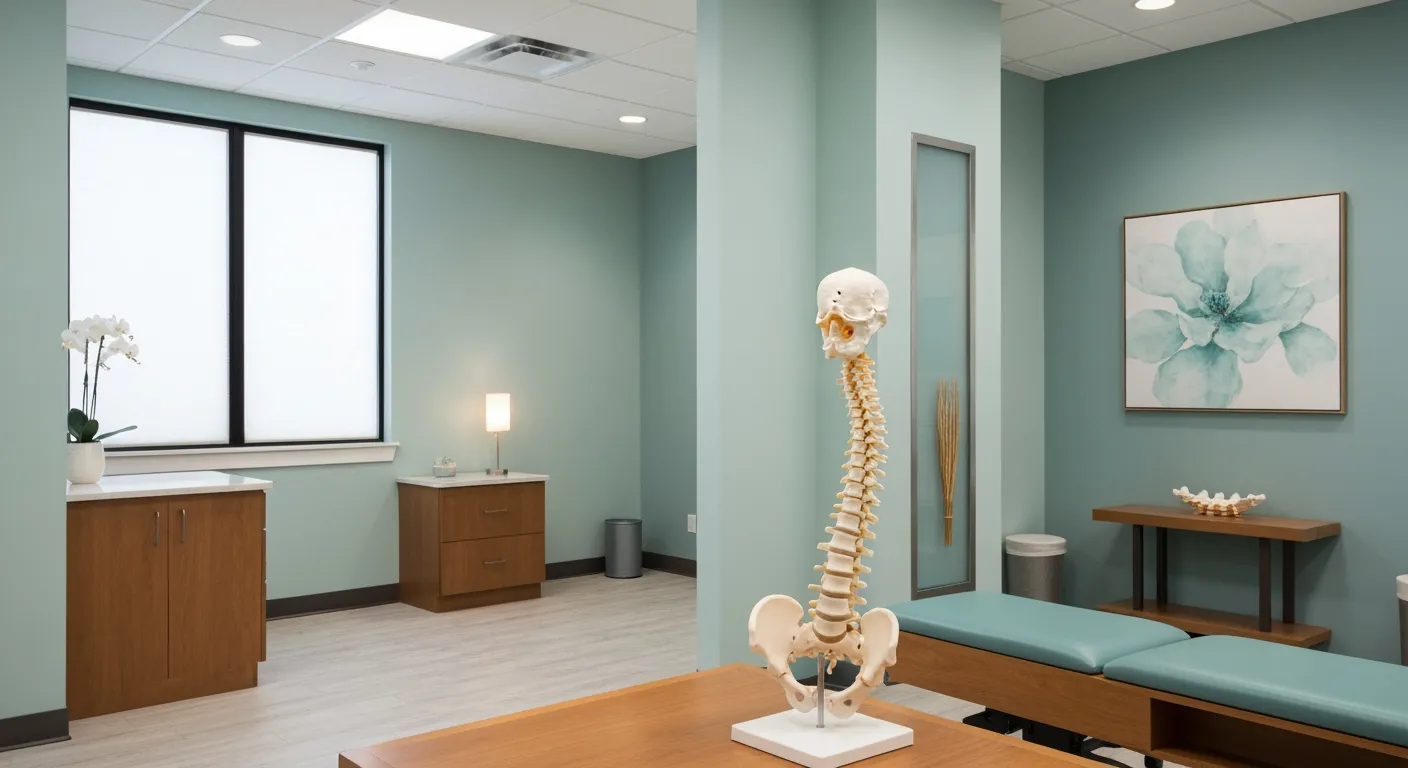
Taking a Root Cause Approach to Chronic Pain Management

Holistic Pain Management Techniques Without Surgery

How Patient Success Stories Validate Chiropractic Care Benefits

Spinal Decompression: Innovative Treatment for Sciatic Nerve Pain
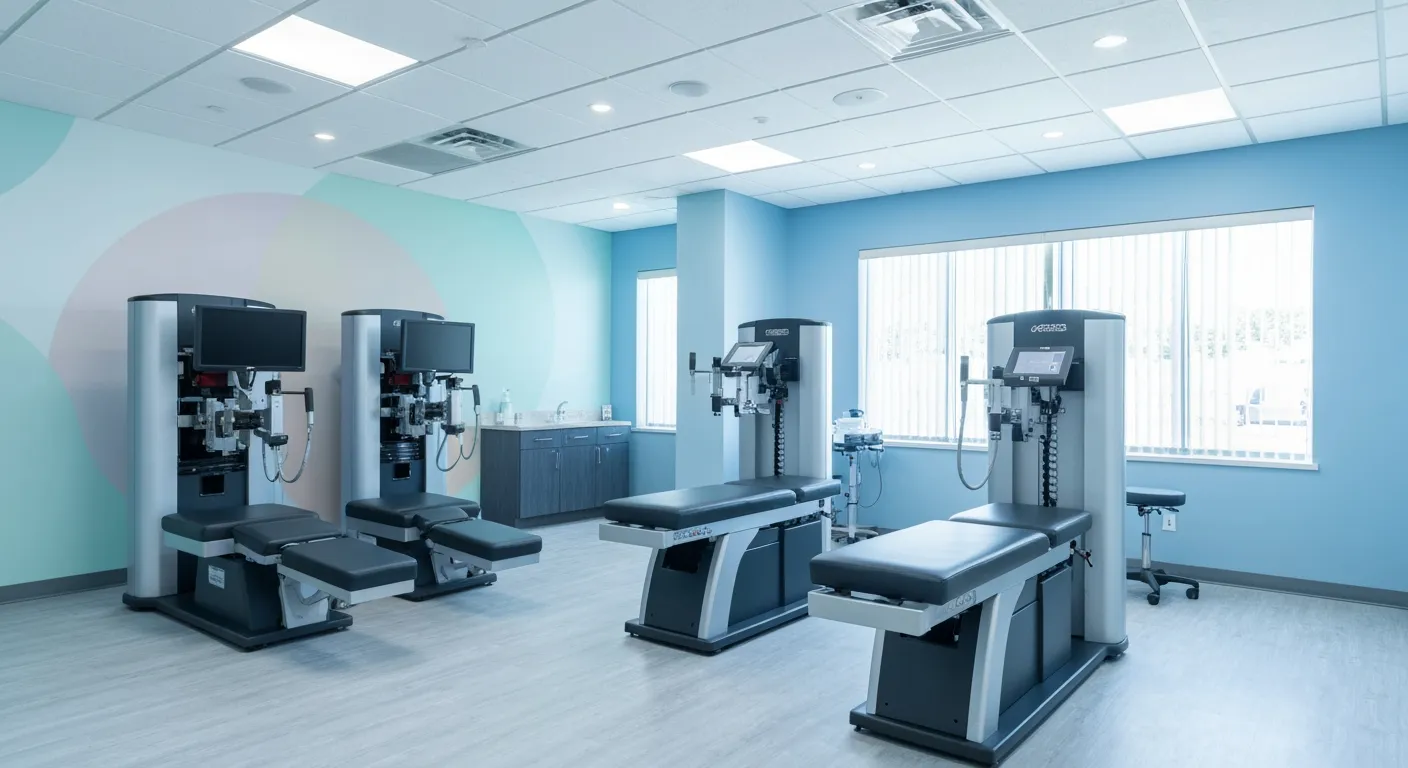
Spinal Decompression Therapy: A Non-Invasive Approach to Sciatica Relief

Exploring Holistic Approaches Beyond Surgery for Pain Relief

Practical Lifestyle Advice to Support a Healthy Spine Every Day

Corrective Exercise Routines Designed for Long-Term Pain Prevention
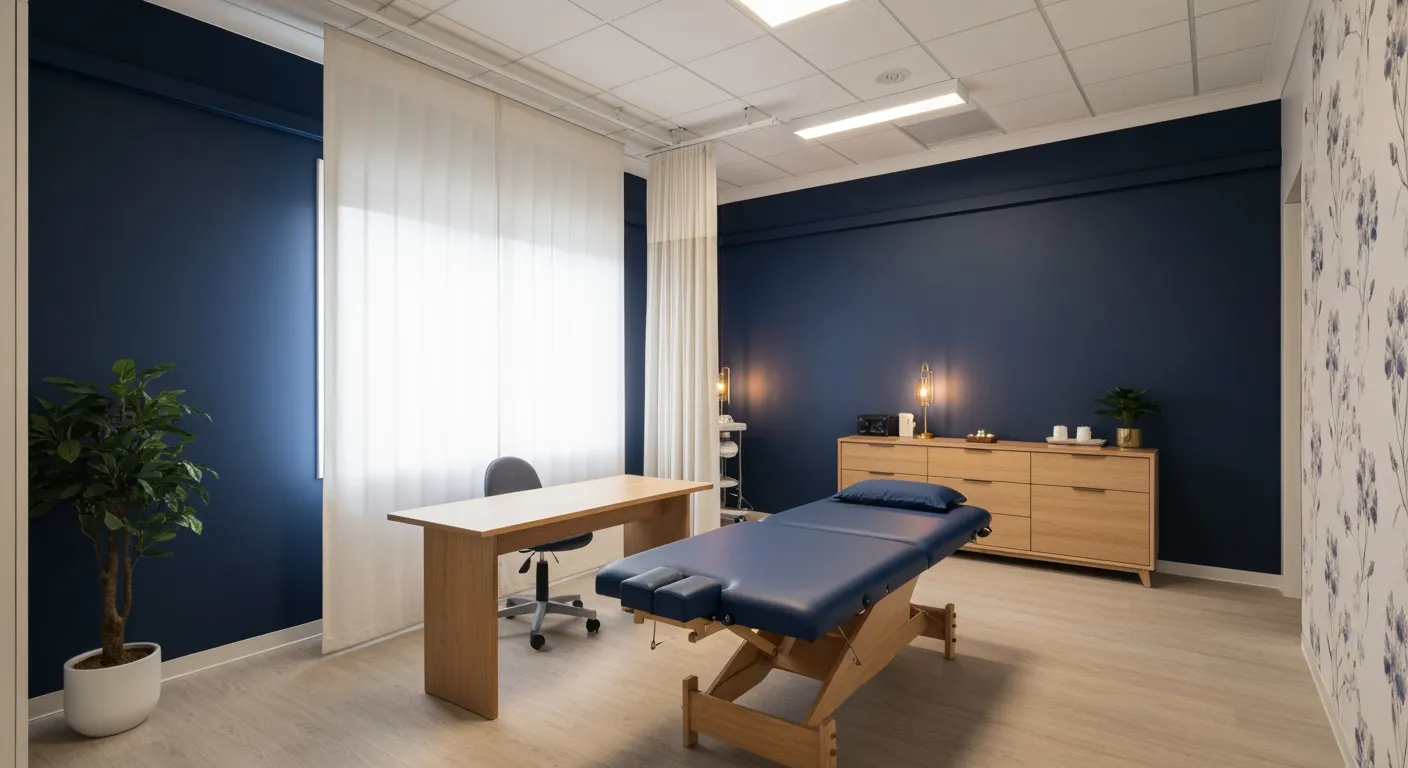
Real Patient Stories: Overcoming Chronic Pain with Chiropractic Care
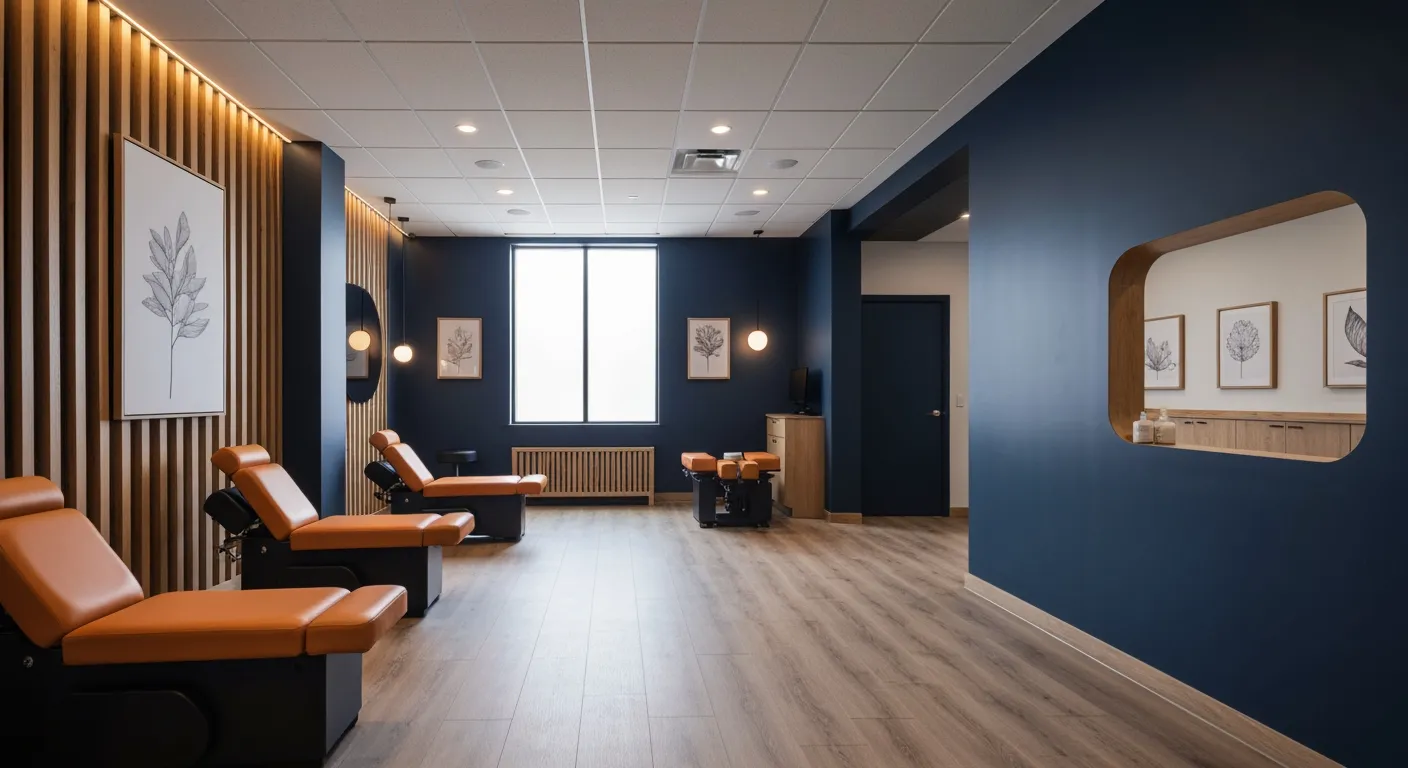
Lifestyle Changes That Promote a Healthy Spine and Prevent Injury

How Addressing the Root Cause of Pain Leads to Lasting Relief

Non-Surgical Holistic Therapies to Manage Chronic Pain Effectively

Nutritional Counseling's Impact on Physical Health and Healing
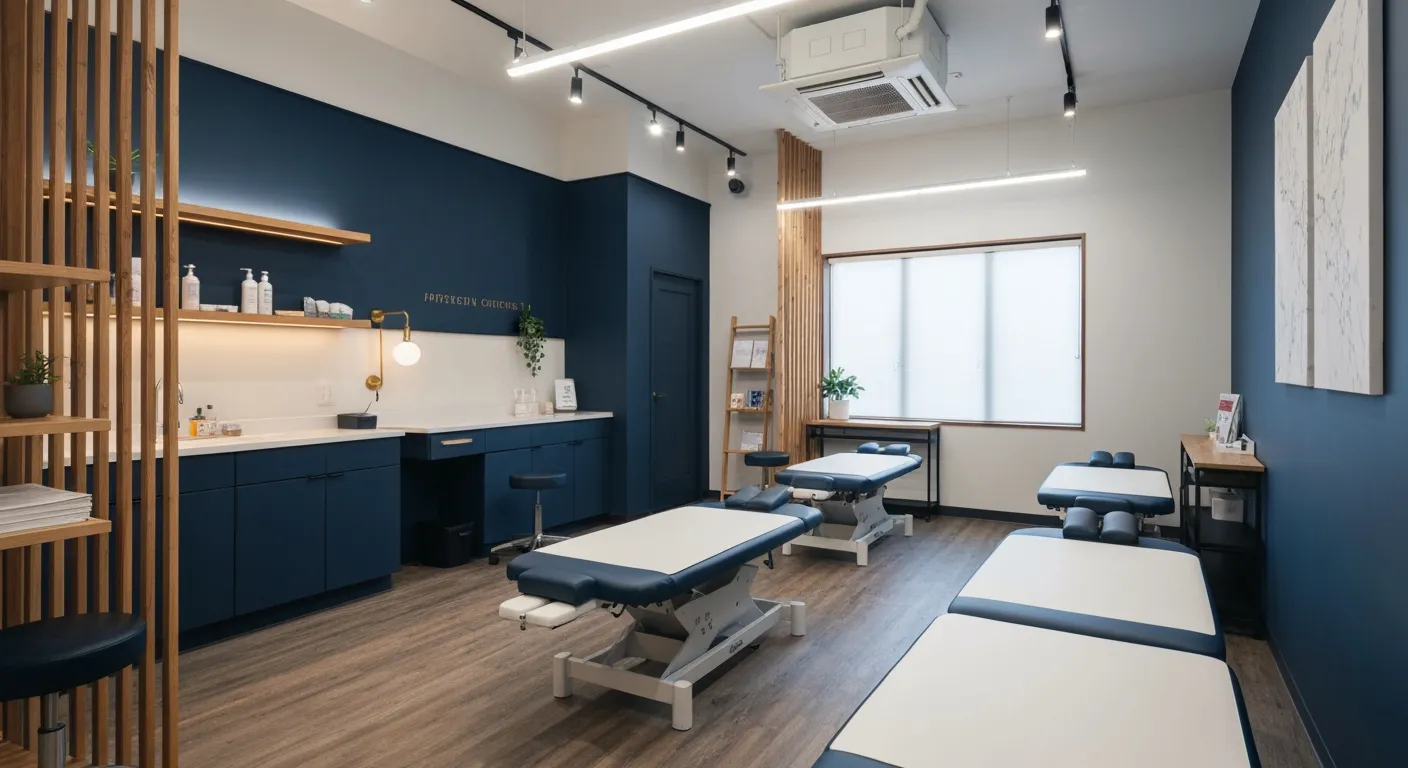
Benefits of Regular Chiropractic Care for a Stronger Back

Your First Chiropractic Visit: What to Expect and How to Prepare

Patient Experiences: How Chiropractic Care Transformed Their Lives
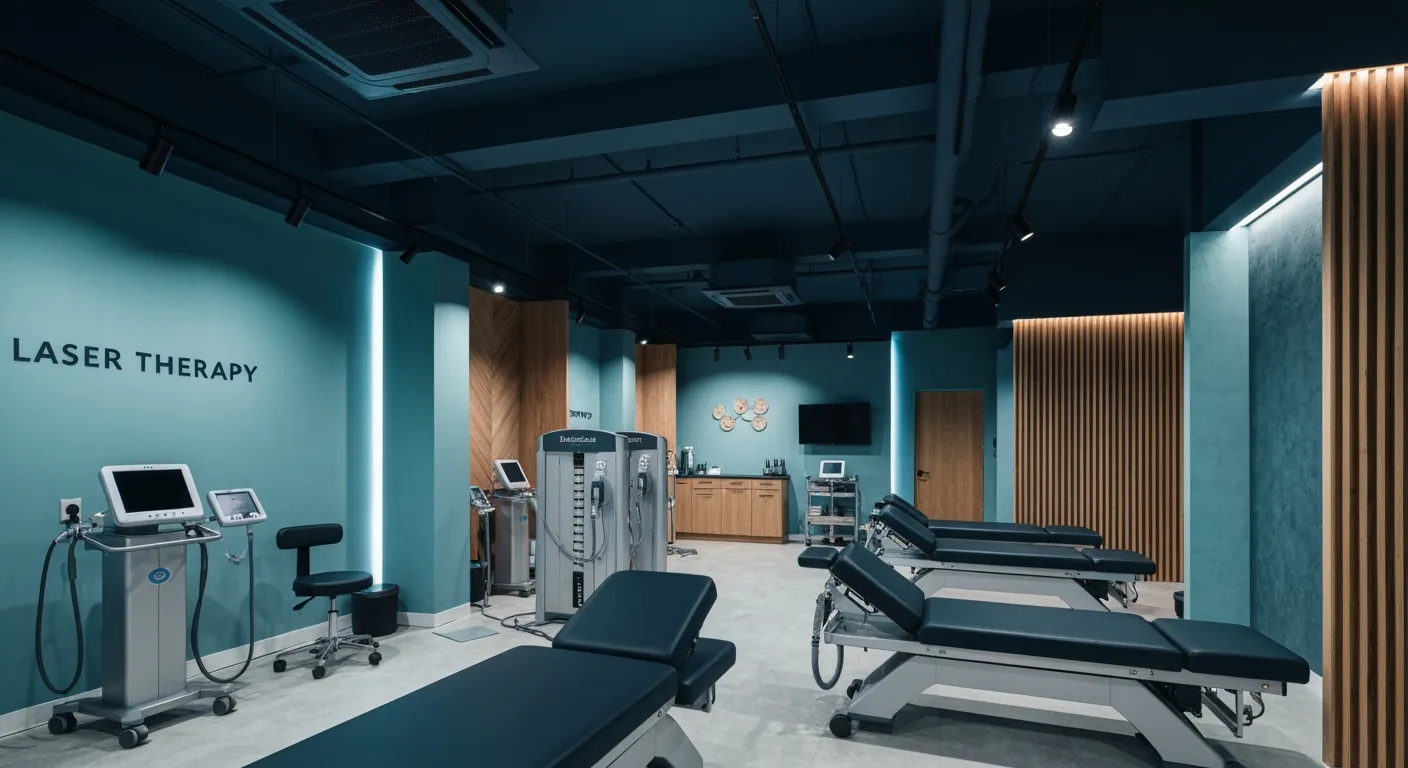
Exploring Holistic, Non-Surgical Options for Pain Management

Combining Physiotherapy with Chiropractic Treatments for Enhanced Recovery

Holistic Treatments That Offer Alternatives to Surgery for Pain Relief

Corrective Exercise Strategies for Long-Term Spine Health
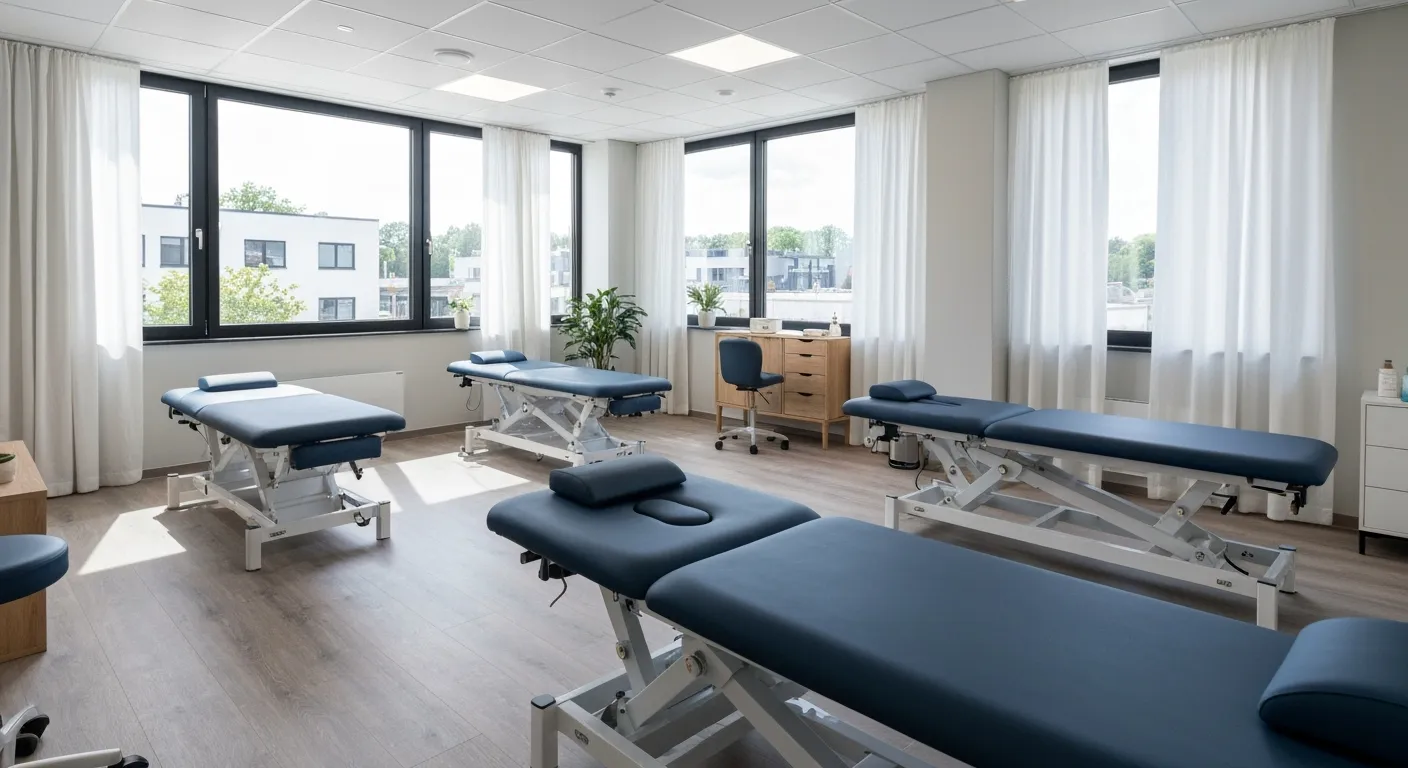
How Physiotherapy Complements Chiropractic Adjustments for Better Outcomes

First-Time Chiropractic Visitors: What You Should Know

Understanding the Importance of Treating Pain at Its Source

Adopting Lifestyle Changes to Support Your Spine's Wellness

Utilizing Physiotherapy to Enhance Chiropractic Treatment Outcomes

The Key Advantages of Chiropractic Care for Back Pain Sufferers

Why Focusing on Root Causes Improves Pain Treatment Success

Corrective Exercises That Promote Lasting Pain Relief and Mobility

Sciatica Relief Through Targeted Spinal Decompression Techniques

Preparing for Your First Chiropractic Appointment with Confidence

Healthy Lifestyle Habits for Maintaining Spinal Alignment

Success Stories Highlighting Chiropractic's Role in Pain Recovery

Top Benefits of Chiropractic Care for Chronic Back Pain

Nutrition Tips to Boost Your Overall Wellness and Recovery

How Chiropractic Care Alleviates Back Pain Naturally
